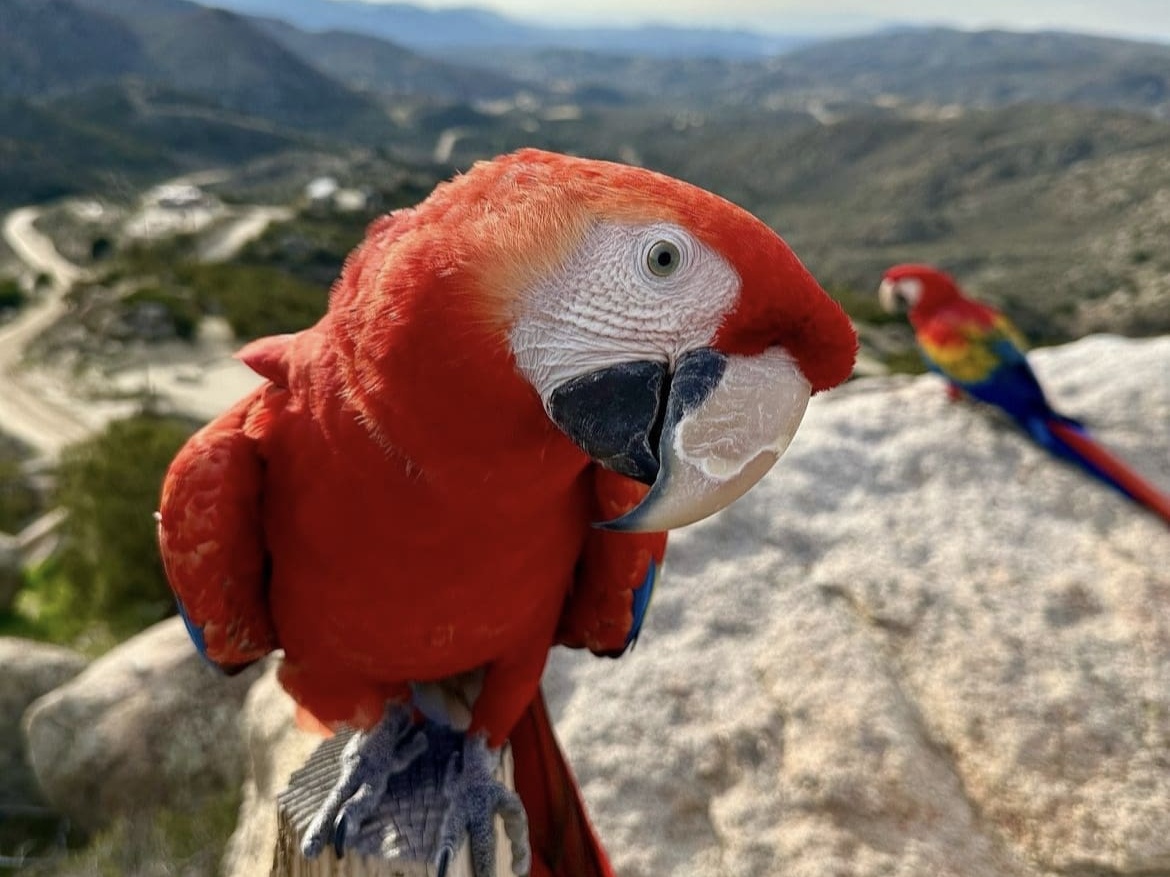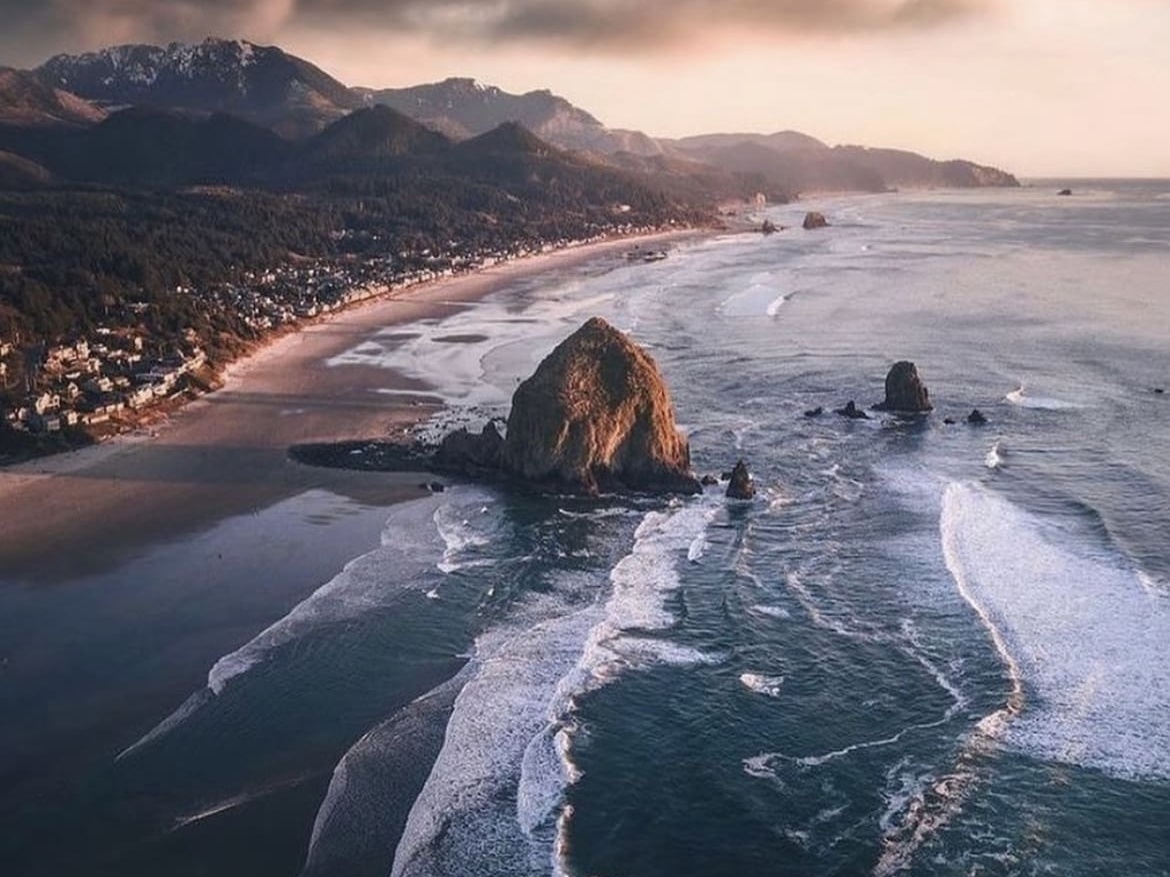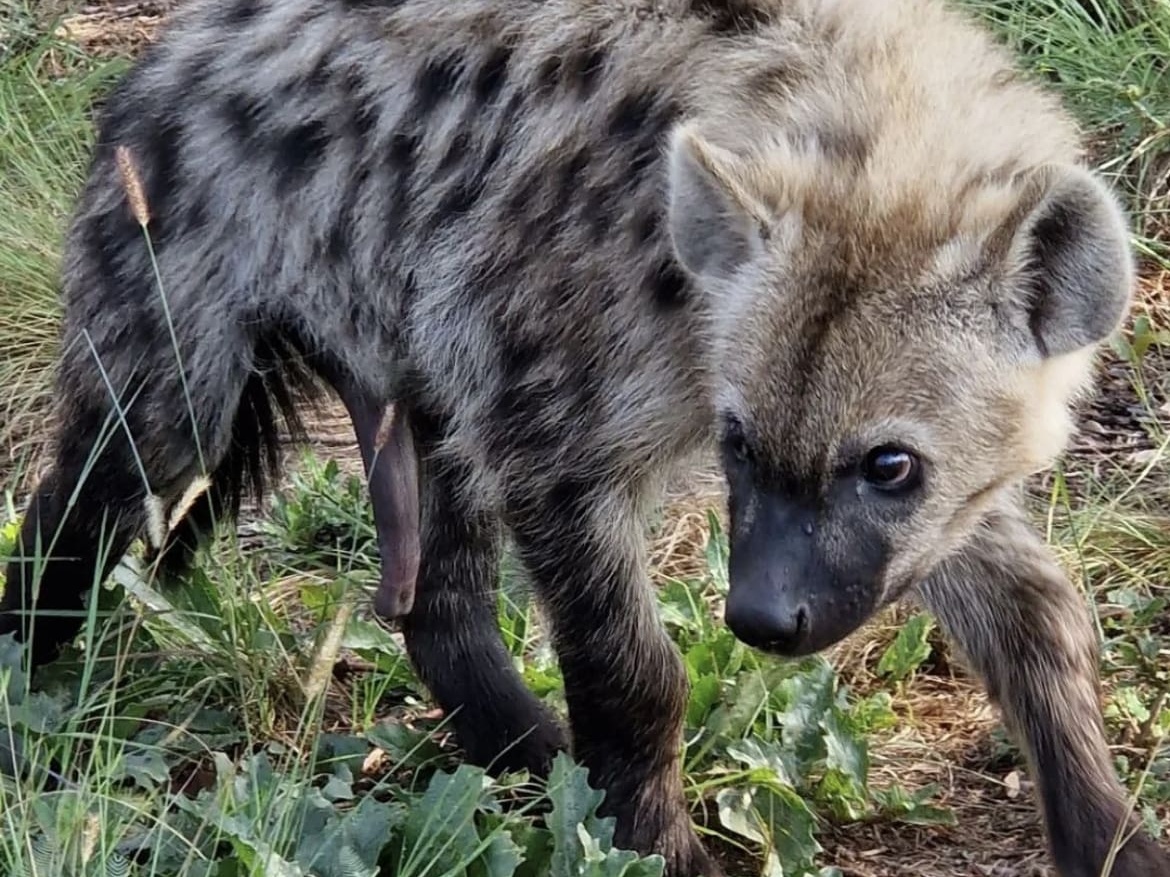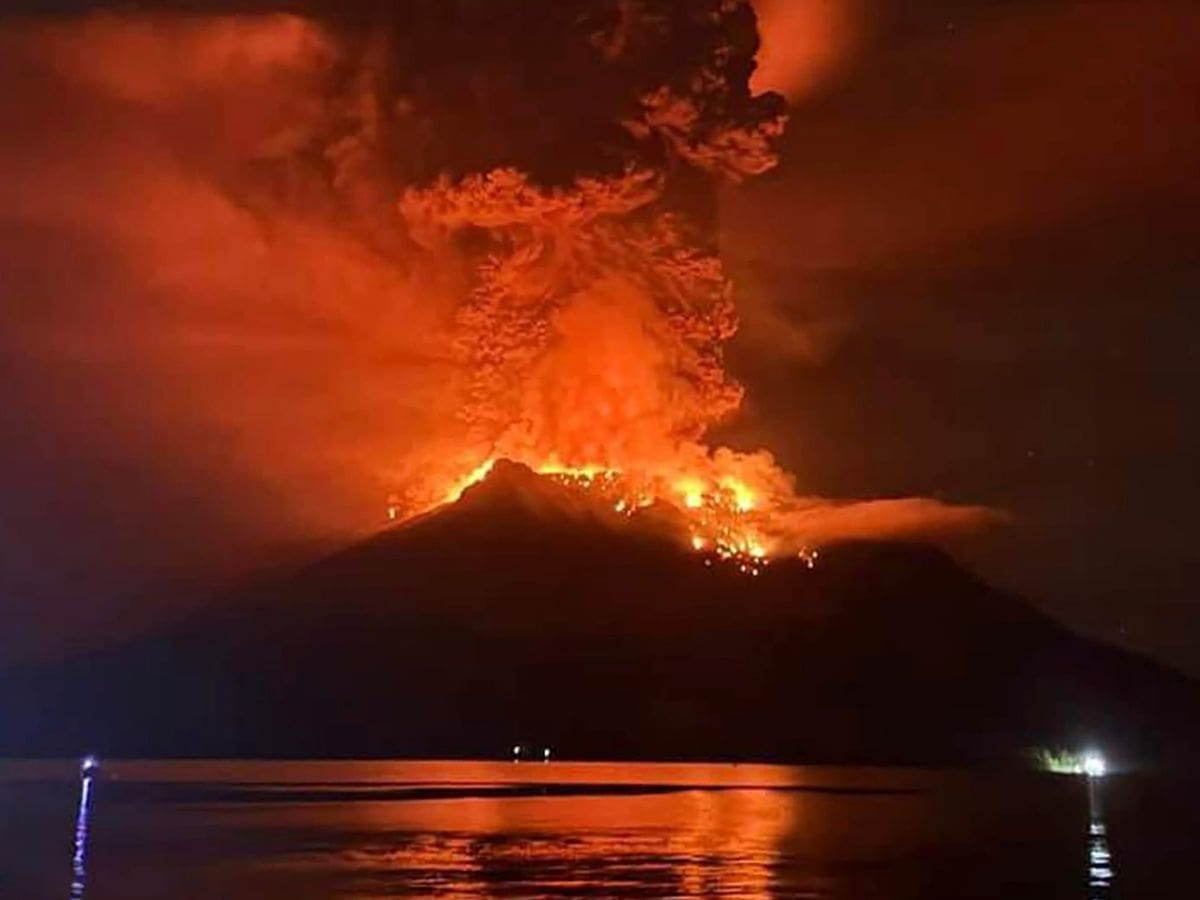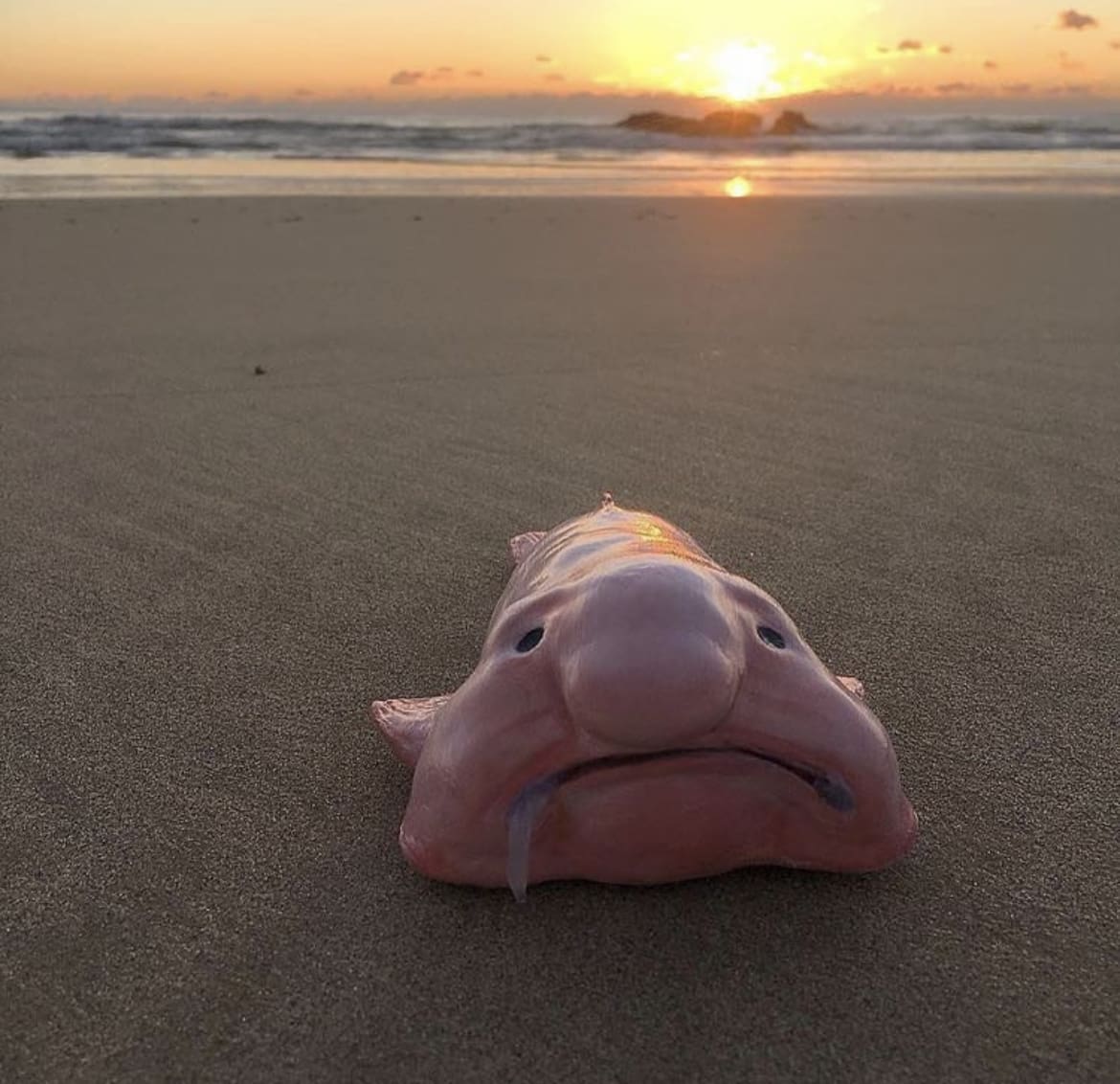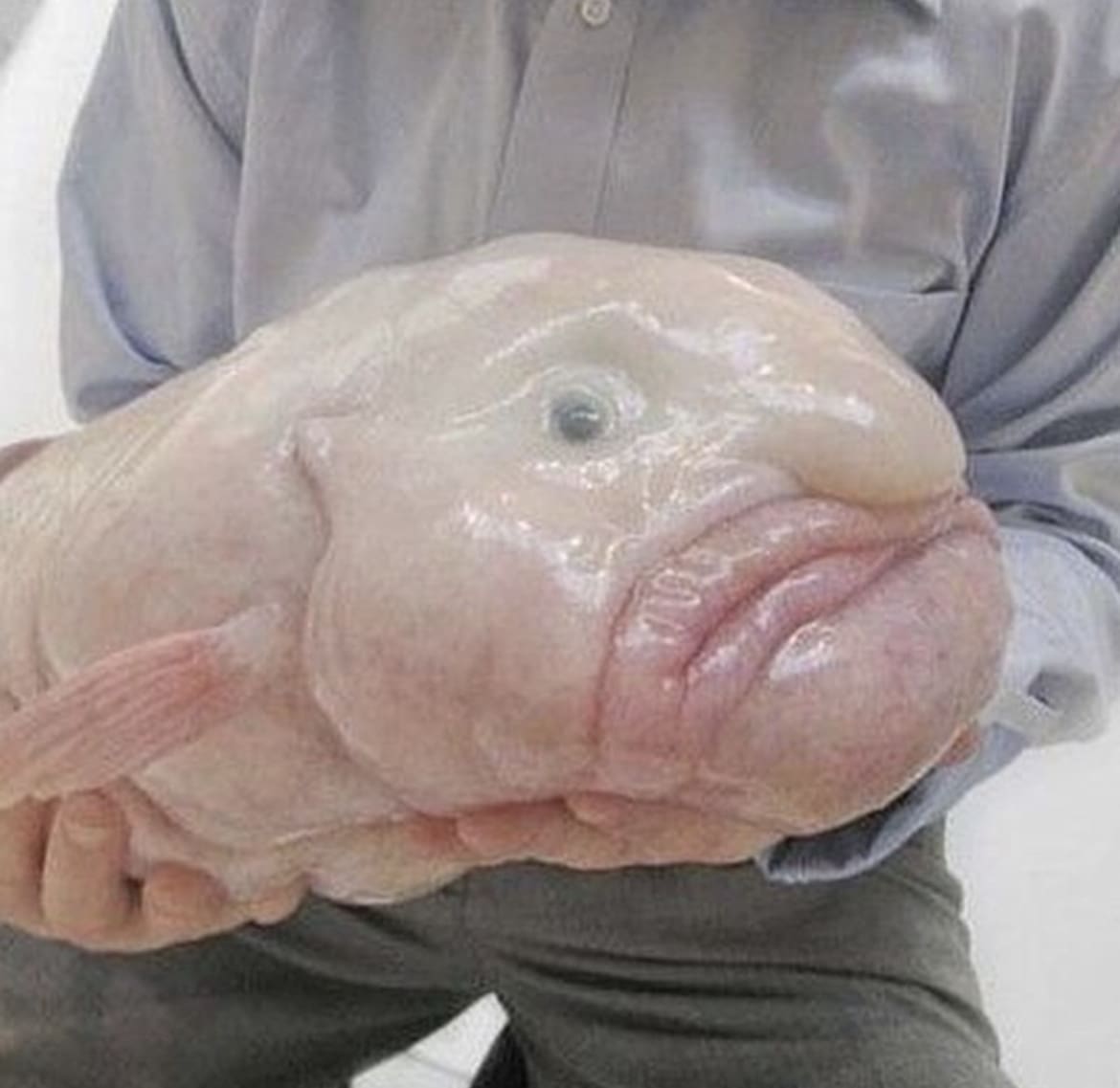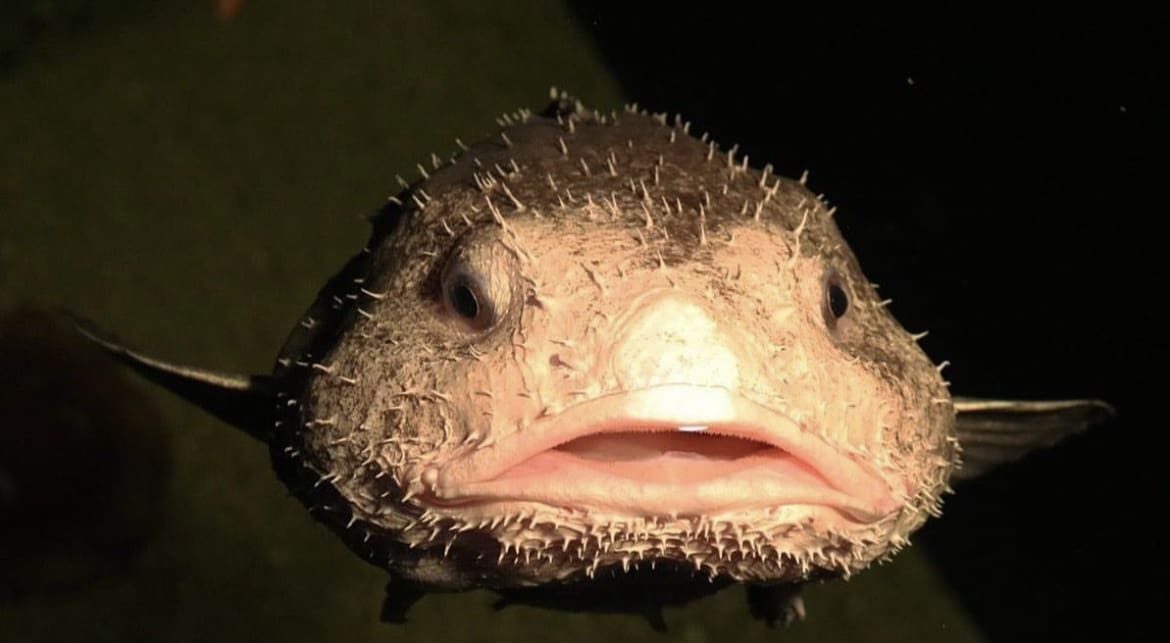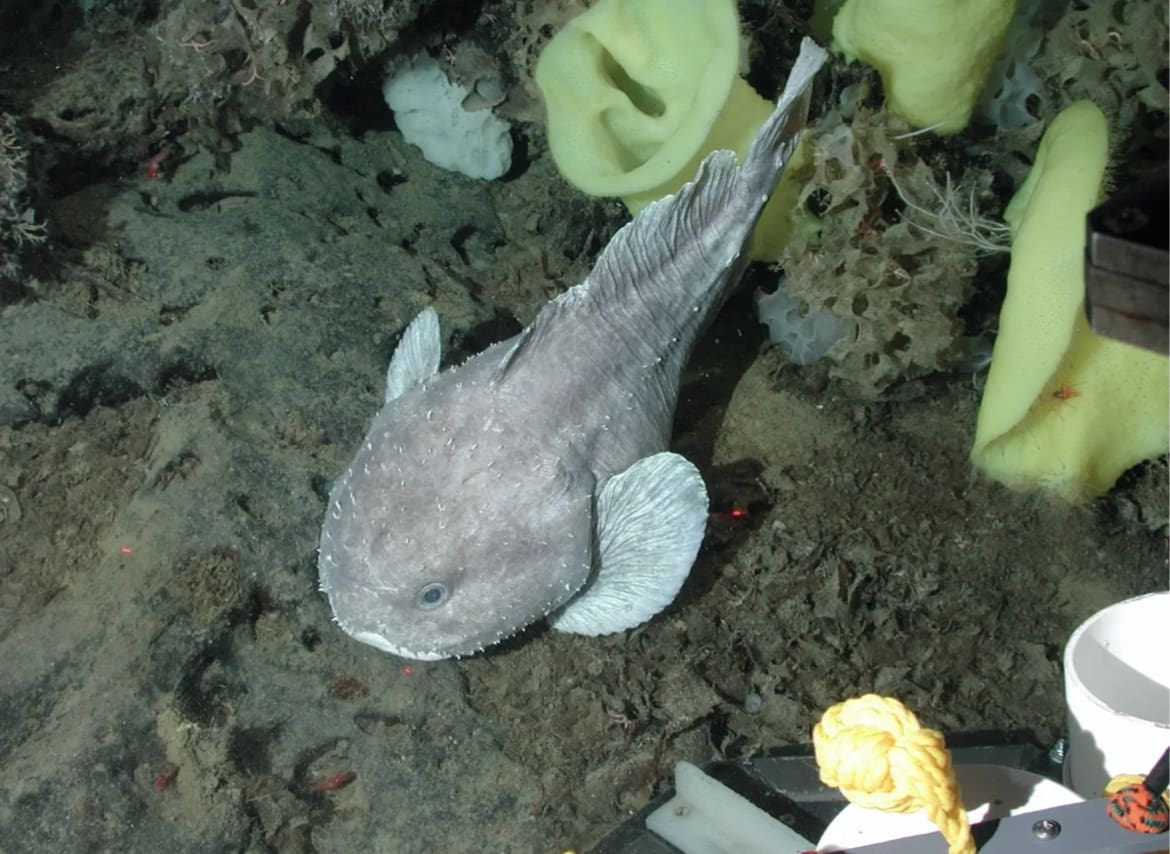Wildlife translocation is an important conservation tool that involves transporting and releasing wild animals into new areas.
As the human population has grown, the amount of land available to wildlife has shrunk drastically. Where once animals could roam freely over vast distances, they no longer can due to human settlements. This has created the need to artificially manage wildlife populations and movement.
WHY WE NEED TO TRANSLOCATE WILDLIFE
Preventing Extinction
The translocation of wildlife is vital in preventing endangered animals from going extinct. This management strategy assists in re-establishing species in an area of extinction, thereby increasing the range of the species. It is also an effective strategy to increase the numbers in a critical population, thus reducing the risk of extinction.
A brilliant example of this was when cheetahs were returned to Malawi. Due to human-wildlife conflict and habitat loss, cheetahs hadn’t been seen in Malawi for 20 years. However, with the help of African Parks, Robin Pope Safaris, and Ulendo Airlink, cheetahs were returned to the country in 2017. Since this reintroduction, the cheetah population has been steadily growing which is a major conservation success for a species that is considered as ‘vulnerable’ on the IUCN Red List.
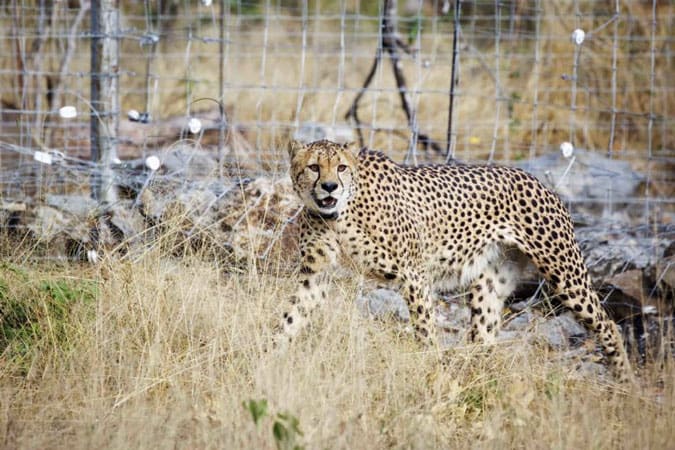
Genetic Variety
Nowadays, almost all wildlife is housed within private reserves and state parks. This can restrict genetic diversity in a species as the animals are isolated from other populations and are not able to naturally manage their gene flow. The translocation of wildlife is one of the best methods to prevent wildlife from inbreeding and encourage long term genetic variety and breeding success.
It is for this reason that Manyoni Private Game Reserve in South Africa recently introduced new African Wild Dogs, also known as Painted Wolves, to their reserve. The existing population of wild dogs within Manyoni was small – just two mature adults and their three fully grown pups. While wild dogs will typically avoid inbreeding, as female pack members usually leave and find a mate in another pack, there were no other wild dogs in the reserve for this to happen. Thus, an arrangement was made with a nearby reserve, Hluhluwe-iMfolozi Park (HIP), to do a bit of a ‘switch around’. The male cheetahs from HIP were translocated to Manyoni, and vice versa, the females from Manyoni were taken to HIP. So far, the results have been very positive, with the new pack members bonding well with each other and adapting to their new environments. As wild dogs are listed as ‘endangered’ on the IUCN Red List, ensuring long-term breeding success is one of the keys factors in conserving this species.
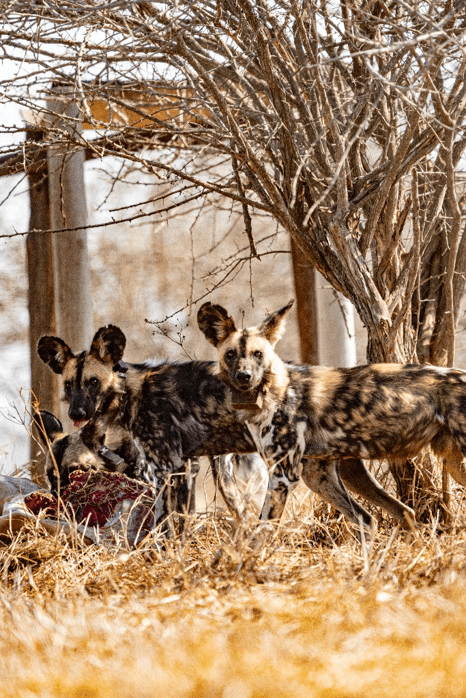
Overpopulation
When wildlife is confined to restricted areas, the risk of overpopulation increases. In the past, wild animal populations would naturally regulate themselves by moving into different areas when their environment could no longer sustain their numbers. However, as wildlife is no longer able to do this, human intervention is needed. Unfortunately, culling is all too often the easiest and cheapest solution to this problem. Ideally, however, the population should be reduced by relocating the excess animals to an area where the existing population is small, or non-existent, and there is capacity for more of that species to live there.
The ‘500 Elephant Project’ is an excellent example of how successful animal translocation can be in controlling wildlife populations on a large scale. This project which also took place in Malawi, involved moving 500 elephants from Liwonde National Park, where the elephants were overpopulated, to Nkhotakota Wildlife Reserve, which had seen a severe decline in their elephant population over recent years. This human-assisted migration was the elephants’ best chance at a sustainable future and is considered to be one of the most significant translocation initiatives in wildlife conservation history.
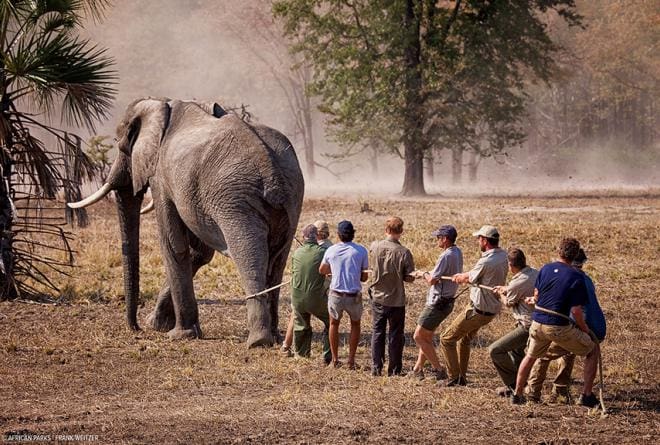
RISKS VS. REWARDS
Capturing and transporting wild animals is not without risks and there is always an element of unpredictability in these types of situations. There have been cases where the animals have been injured during capture or died during transportation. However, this is not the norm as every measure is taken by the people involved to minimize these risk factors. There is also the danger of diseases being spread from one area to another, or that the animals will not adapt and thrive in their new environment. This is why in most cases of wildlife translocation the animals are first placed into a holding boma for a period of time while they are monitored for any signs of stress or illness. Only once they seem settled, they are released into the wild, and even then, they are usually closely monitored for a while using radio tracking collars.
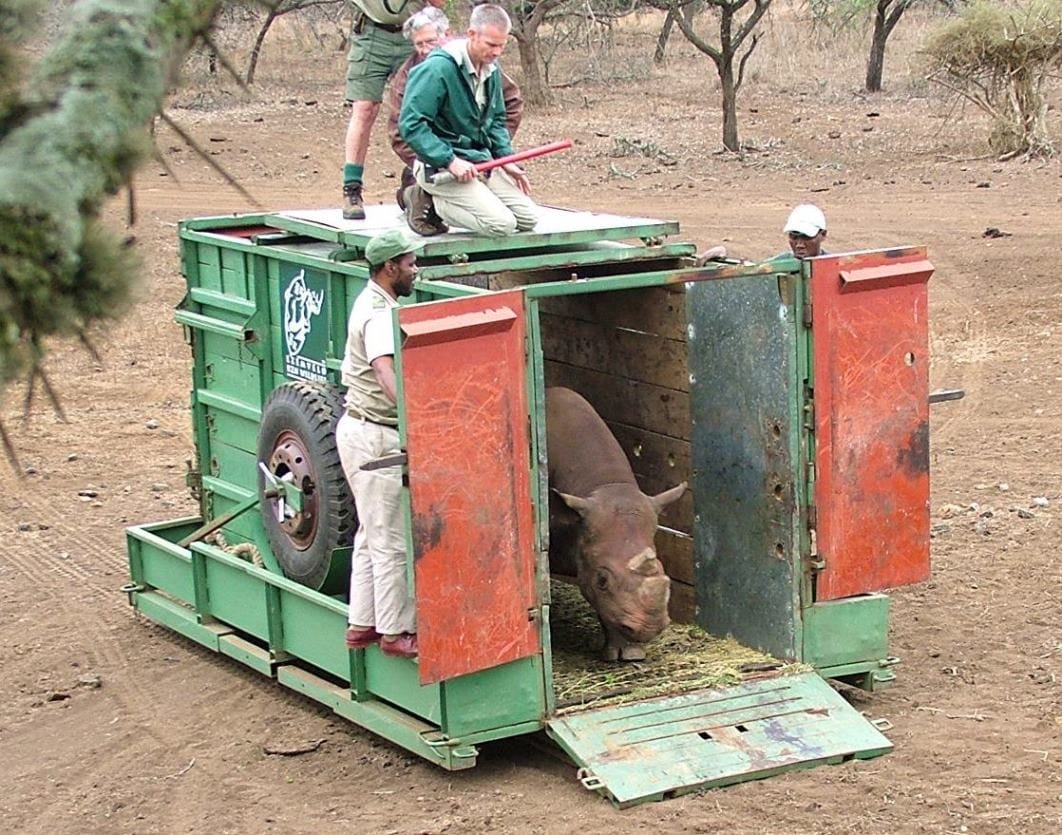
In an ideal world, there would be no need for wildlife translocations. However, we’re not living in that utopia and, while wildlife translocation as a management strategy does have drawbacks, it’s our best hope of conserving endangered species.
Main Photo © Robin Pope Safaris
STAY UPDATED
Join our community of keen travellers, wildlife enthusiasts and adventure seekers.
Get To Know The Macaw
April 19, 2024
Get to Know the Macaw: Facts, Myths and Photos
Ever marvel at the vibrance of a rainbow? Now, imagine that splashed across a lively creature with a personality as colorful as its feathers. Welcome to the world of macaws, those eye-popping birds that seem to have leaped straight out of a vivid dream into our reality.
These members of the parrot family are not just a feast for the eyes; they're intelligent, social, and full of quirks.
Stick around as we dive deep into what makes macaws truly spectacular—from their flamboyant feathers to their complex social lives. Ready to get up close and personal with nature’s own winged rainbows? Let’s fly right in!
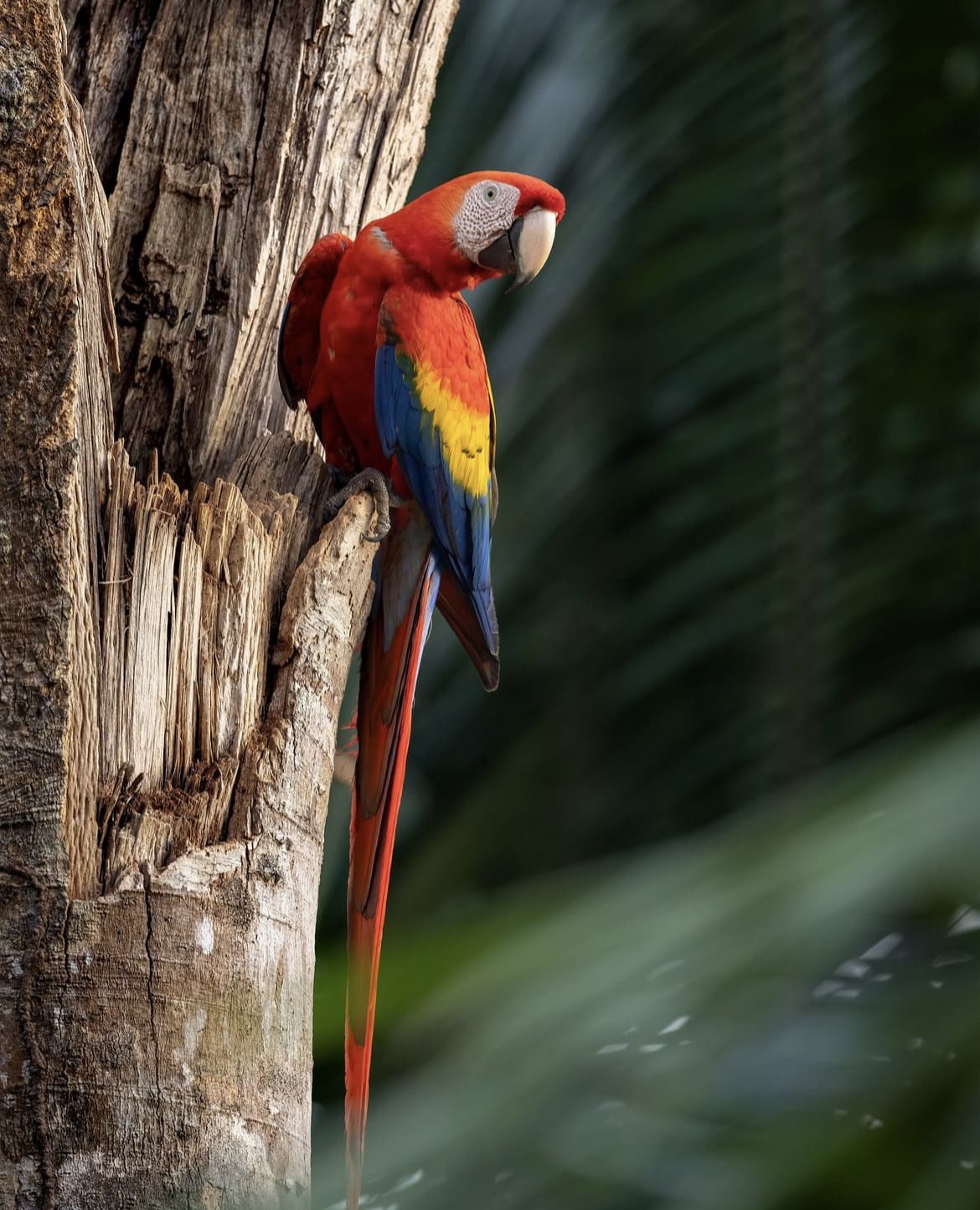
What is the Macaw?
So, what exactly is a macaw? In the simplest terms, it's a type of parrot—a really large, really colorful parrot. But not just any parrot; macaws are like the celebrities of the parrot world, known for their striking colors and impressive size. These birds belong to the family Psittacidae, which includes all parrots, and they're predominantly found in Central and South America. The macaw family is pretty diverse, with about 19 species making up the group. Each species brings its own flair to the macaw lineup, ranging from the giant Hyacinth Macaw, stretching over three feet in length, to the more petite Hahn's macaw, which is just a fraction of the size.
Biologists and bird lovers get geeky about macaws not just because of their looks but because of their brains. These birds are known for their high intelligence and remarkable ability to mimic human speech, which makes them both fascinating and a bit of a handful as pets. They're deeply social creatures, which might explain their complex behaviors and why they seem so attuned to human emotions.
What do Macaws look like?
Imagine a bird that decided to wear the entire spectrum on its wings. Macaws are exactly that—bold and beautiful, with feathers that can make just about anyone’s jaw drop. They sport a range of colors, often vivid blues, reds, and yellows, which can vary widely between species. For instance, the Blue and Gold Macaw has a stunning azure back with a golden underbelly, while the Scarlet Macaw flaunts a brilliant red plumage with blue and yellow highlights.
But macaws aren't just about pretty faces (or feathers, in this case). They have large, curved beaks that seem almost oversized for their faces but are perfect for cracking nuts and seeds. Their beaks are as functional as they are symbolic, representing the adaptability and survival skills of these birds in the wild. Speaking of functionality, let's not overlook their eyes—sharp and penetrating, they reflect a keen intelligence that complements their striking looks.
Visual diversity is key among macaws, with each species having its own unique patterns and color blends. This not only makes them a subject of endless admiration but also an interesting topic for those keen on genetics and the environmental factors that influence avian aesthetics.
How Big are Macaws?
When it comes to size, macaws really stretch the spectrum. These birds are generally recognized as some of the largest members of the parrot family. The smallest species, like the Noble Macaw, might only reach about 12 inches in length, which is pretty petite for a parrot. On the other end of the scale, you've got the majestic Hyacinth Macaw, which can stretch up to 40 inches from beak to tail tip. That’s longer than some dogs!
A key thing to remember with macaws is that their size isn’t just for show. It plays a crucial role in their survival. Larger macaws, with their powerful wings and sturdy bodies, can travel long distances in search of food, mates, or nesting sites, which is essential in the vast habitats they occupy. So, when you see a macaw spreading its wings, it’s not just a beautiful sight—it’s a glimpse into a lifestyle crafted by nature to thrive in the wild.
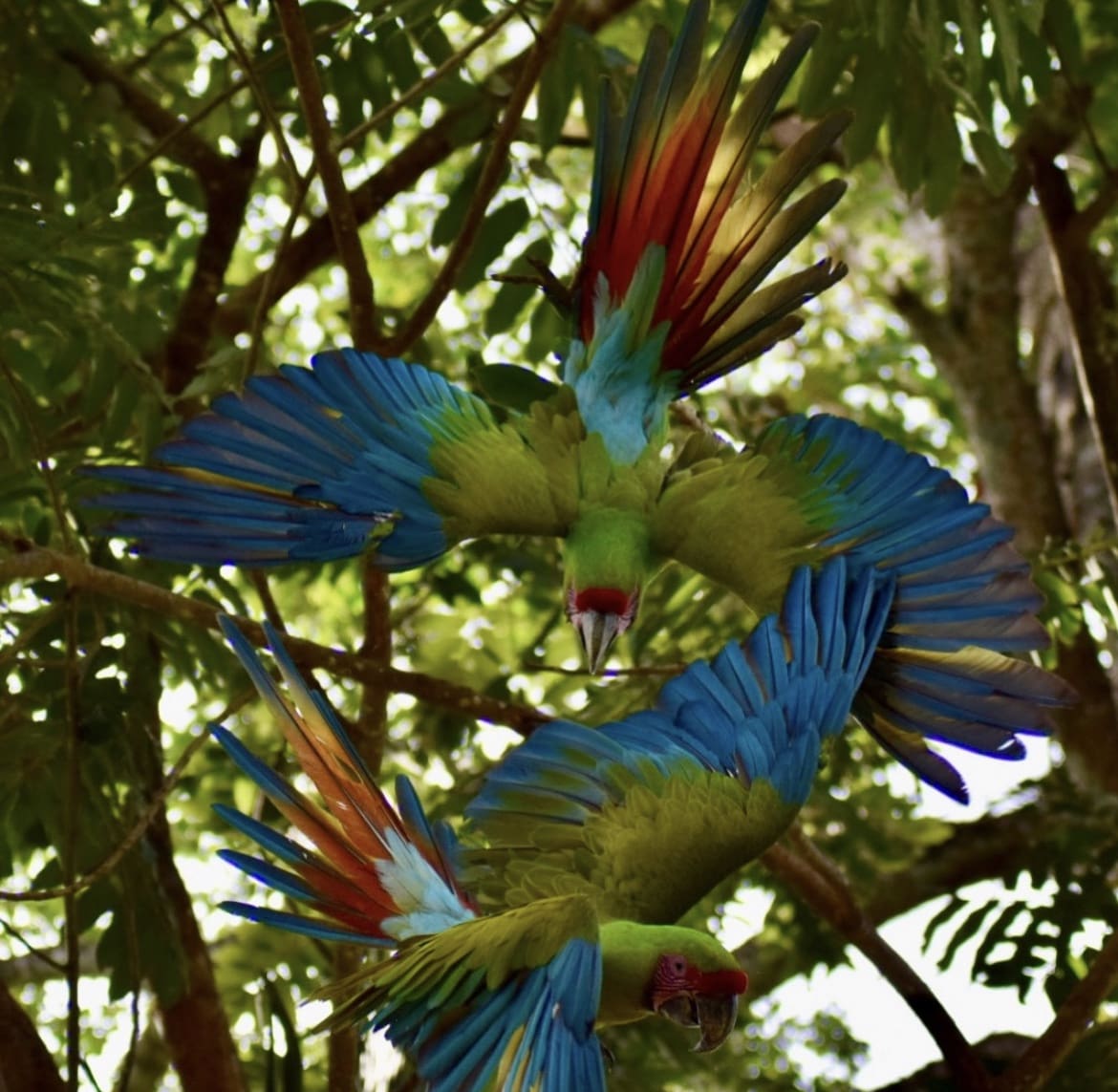
Macaw Feathers and Colors
Ah, the colors! If there’s one thing you can’t ignore about macaws, it’s their stunning plumage. These birds are the living embodiment of a painter’s palette. Each species flaunts a unique blend of vibrant feathers that aren't just about beauty—they serve some pretty practical purposes too.
For starters, the bright colors help macaws communicate. In the dense rainforests they call home, these colors can be a major advantage for social interactions like attracting mates or warding off rivals. And let's not forget camouflage. Yes, those bright blues and greens can actually blend in well with the lush foliage and shadowy light of the rainforest, helping them stay hidden from predators.
The feather quality of macaws is also top-notch. These are tough, glossy feathers that can withstand the wear and tear of rainforest life. Plus, they’re waterproof, which is handy for a bird that lives in some of the wettest environments on earth.
Macaw Beak
Now, the beak—macaws' multi-tool. It’s not just there to make them look serious; it’s essential for their survival. The strong, curved beak of a macaw is a perfect example of nature’s engineering. It can crack open hard nuts and seeds, which make up a significant part of their diet, and it's delicate enough to handle softer fruits and berries.
But the macaw’s beak is more than just a nutcracker. It’s a climbing aid as well. These birds use their beaks to help them climb and hang from branches, almost like an extra limb. Imagine trying to scale a tree without hands, and you’ll get a sense of how ingenious this adaptation really is.
It’s fascinating to see how macaws use their beaks to interact with their environment, from feeding and climbing to grooming and even playing. Observing a macaw in action, using its beak to explore and manipulate objects, really highlights their curious and intelligent nature.
Macaw Claws
When you think about macaws, their claws might not be the first feature that springs to mind, but these tools are just as crucial as their beaks. Each macaw is equipped with four strong, sharp claws, arranged in a zygodactyl pattern—two toes pointing forward and two backward. This special arrangement is perfect for a lifestyle spent mostly among the trees.
Macaw claws are all about grip. Whether it’s clinging to a vertical tree trunk, hanging upside down to reach a tantalizing fruit, or simply perching securely as they sleep, these claws make it all possible. Their ability to grasp and hold is vital not only for feeding and mobility but also for interacting with other macaws and their environment.
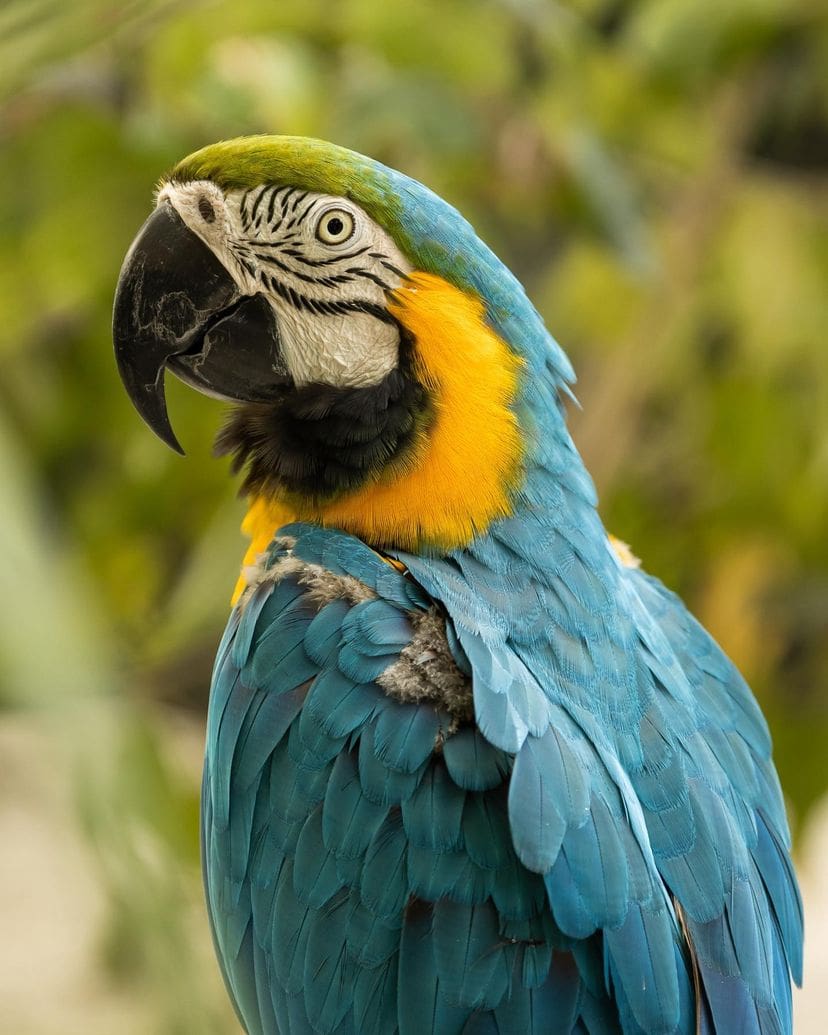
Macaw Tail
The tail of a macaw isn’t just a trailing feather arrangement; it's a critical balance tool and a striking visual display. Long and pointed, macaw tails can often be nearly as long as the rest of their body. In flight, these tails are magnificent rudders, helping the birds steer and maneuver through their dense forest habitats with agility and grace.
On top of their functional importance, macaw tails add to the visual spectacle of the birds. During courtship displays, macaws will fan out their tails, showing off the brilliant colors and patterns to potential mates. The tail feathers, often a different color from the body, add an extra layer of allure to these already captivating creatures.
What Do Macaws Eat?
Diving into a macaw's diet is like exploring a tropical buffet. These birds are primarily herbivores, and they have quite the varied palate. Their diet mainly consists of nuts, fruits, and seeds, which they skillfully extract and consume using their powerful beaks. But macaws are also known to enjoy the occasional leaf, flower, and even insect or small reptile, adding some protein to their colorful diet.
Macaws have a particularly interesting relationship with "clay licks," natural riverbanks where the soil is rich in minerals. These birds will often gather in large numbers to eat the clay, which helps them detoxify any poisonous substances they might have ingested from unripe seeds or toxic fruits. This not only highlights their dietary diversity but also their remarkable adaptability to their environment.
The diet of a macaw can vary widely depending on the species and their natural habitat. For instance, the Scarlet Macaw might have a different dietary preference than the Blue and Gold Macaw, reflecting the ecological diversity of their respective environments.
Macaw Social Structure
Macaws are anything but loners; these birds are the social butterflies of the avian world. Typically, macaws live in flocks that can number from a few pairs to hundreds of birds, especially in popular feeding areas or at clay licks. This social arrangement helps them protect each other from predators and increases their efficiency in finding food.
The structure within a macaw flock is quite sophisticated. While they are communal and cooperative, there’s also a clear hierarchy, often determined by age, size, and temperament. Within the flock, macaws pair off into monogamous relationships that can last a lifetime. These pairs are rarely seen apart, whether they are foraging, flying, or resting. The bond between mated macaws is strong, characterized by mutual grooming and shared food, which helps strengthen their relationship and ensures cooperative parenting.
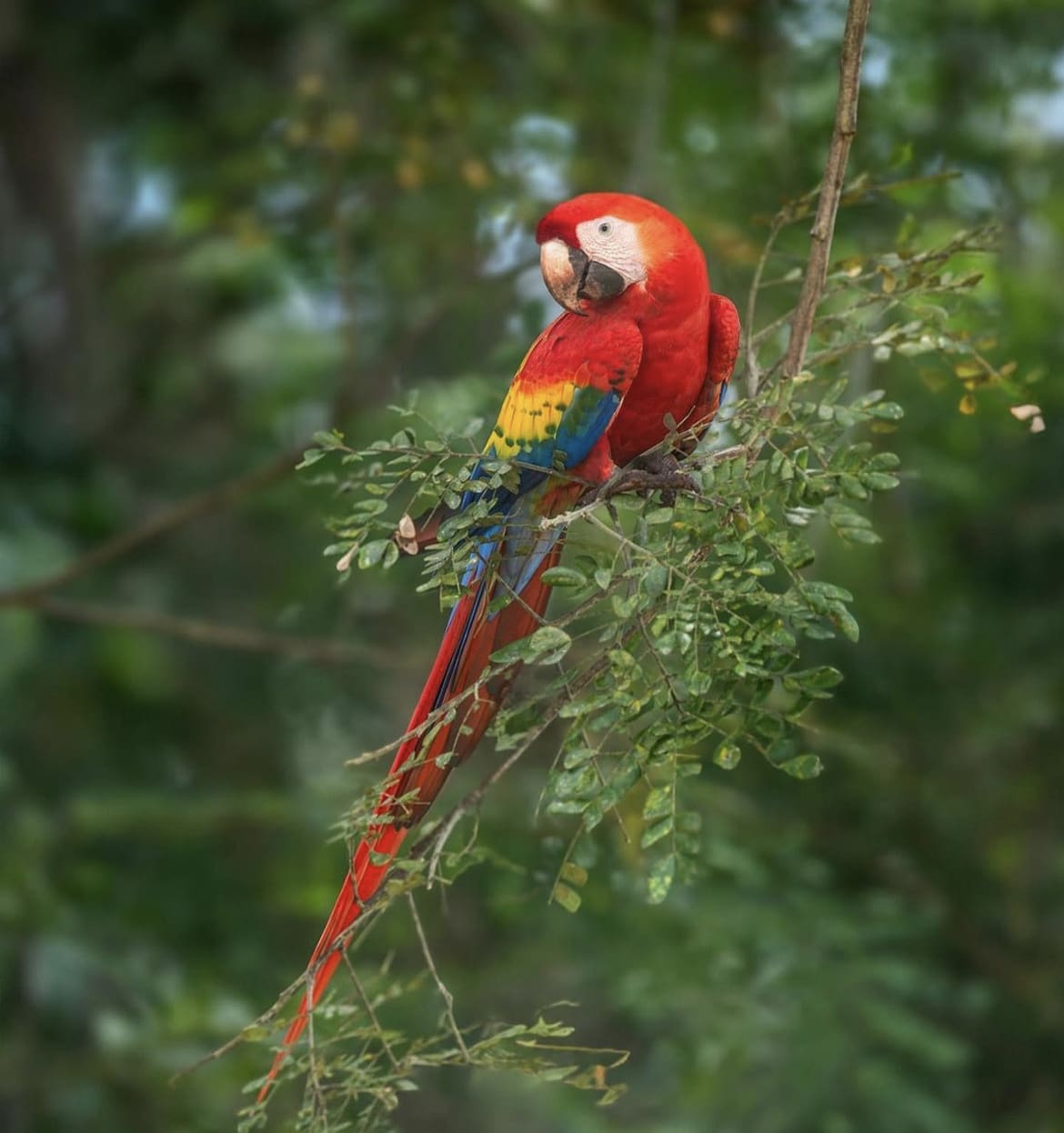
How do Macaws Reproduce?
Speaking of parenting, let's dive into the reproductive life of macaws. These birds don't start breeding until they are quite mature, often not until they are several years old. Once they form a pair, macaws are monogamous and will typically mate for life, which is a rarity in the animal kingdom.
The breeding season for macaws is usually aligned with the rainy season, when food is most abundant. This timing ensures that there are plenty of resources available for the demanding task of chick rearing. The female lays between two to four eggs per clutch, which she incubates for about 24 to 28 days. During this time, the male takes on the role of the protector and provider, bringing food to the nest and standing guard against any threats.
Macaw nests are typically found high up in the cavities of dead or dying trees. This elevated location helps protect the eggs and young chicks from ground-level predators. Once hatched, the chicks are entirely dependent on their parents for food and protection for up to three months, a period during which the parents are exceptionally attentive and busy.
How Long Do Macaws Live?
Macaws are among the longer-lived bird species, with lifespans that can extend well beyond 50 years in captivity. In the wild, however, their lifespan is usually shorter, often due to environmental pressures, disease, and predation, but it's not uncommon for a macaw to reach 30 to 35 years of age.
The longevity of macaws in captivity highlights the importance of long-term commitment when considering these birds as pets. Their extended lifespan also allows them to form lasting bonds with their human caregivers, often becoming a lifetime companion. The challenge, however, lies in ensuring that they receive appropriate mental and physical stimulation throughout their lives, as boredom and isolation can lead to behavioral issues in these intelligent creatures.
READ NEXT: GET TO KNOW THE AFRICAN FISH EAGLE
Are Macaws Territorial?
Macaws, with their sociable nature, may not seem the type to defend turf aggressively, but they do exhibit territorial behaviors, particularly around their nesting sites. During the breeding season, macaws can become quite protective of the area surrounding their nest. This territoriality ensures that they have enough space and resources to successfully raise their chicks.
Outside of the breeding season, macaws tend to be more gregarious and less concerned with territory, often seen mingling freely with other birds at communal feeding sites or clay licks. This adaptability in their social behavior highlights their intelligence and complex social dynamics, where the need for community often outweighs the instinct for territorial defense.
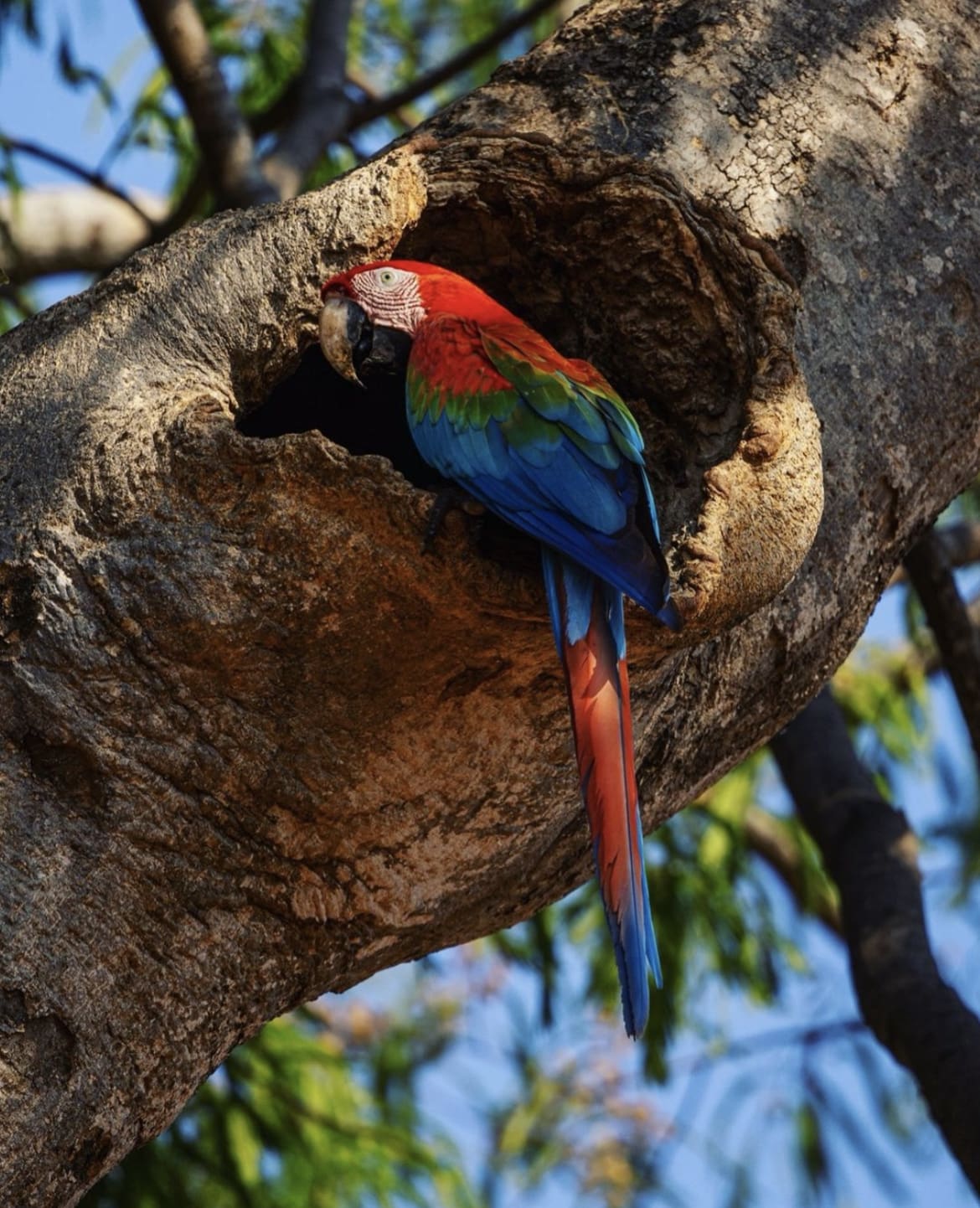
How Fast are Macaws?
When it comes to speed, macaws are no slouches. These birds are built for flying through the challenging landscapes of dense rainforests or open skies above the canopy. While exact speeds vary by species, macaws can reach flying speeds of up to 35 miles per hour. This swiftness allows them to travel long distances in search of food, mates, or new nesting sites, a necessity in the expansive habitats they occupy.
Macaws use their speed not just for efficient travel but also as a tactic to evade predators. Their agile flight, combined with bright, confusing color patterns, makes them a challenging target for would-be attackers. Additionally, their loud calls, which can be heard over long distances, help keep flock members in contact even when flying at high speeds.
Where do Macaws Live?
Macaws are native to a variety of habitats across Central and South America, with a range that spans from the dense Amazon rainforest to the drier savannah regions. These diverse environments influence the specific adaptations and behaviors of different macaw species. For example, while some macaws, like the Scarlet Macaw, thrive in humid, tropical rainforests, others, such as the Blue-throated Macaw, are found in more arid woodland areas.
The habitat of a macaw affects everything from its diet and social behavior to its reproductive strategies. Rainforest-dwelling macaws often benefit from a constant supply of various fruits and nuts, while those in drier areas might rely more on specific seasonal resources. This ecological diversity is crucial for the survival of different macaw species, allowing them to specialize and thrive in various environmental conditions.
How Many Macaws are There in the Wild?
Estimating the exact number of macaws in the wild can be challenging due to their wide distribution and the often inaccessible nature of their habitats. However, it's clear that the populations of many macaw species are under threat. The primary reasons include habitat loss, illegal pet trade, and environmental degradation. Species like the Spix's Macaw have seen populations plummet to the point of being declared extinct in the wild, only surviving due to intensive conservation and breeding programs.
For species that are still found in the wild, such as the Blue and Gold Macaw or the Scarlet Macaw, conservation efforts are crucial to maintaining their numbers. These efforts include habitat preservation, anti-poaching measures, and education campaigns aimed at local communities and potential pet buyers globally. While some macaw species maintain stable populations in large protected areas, others are rare and face ongoing risks from human activity.
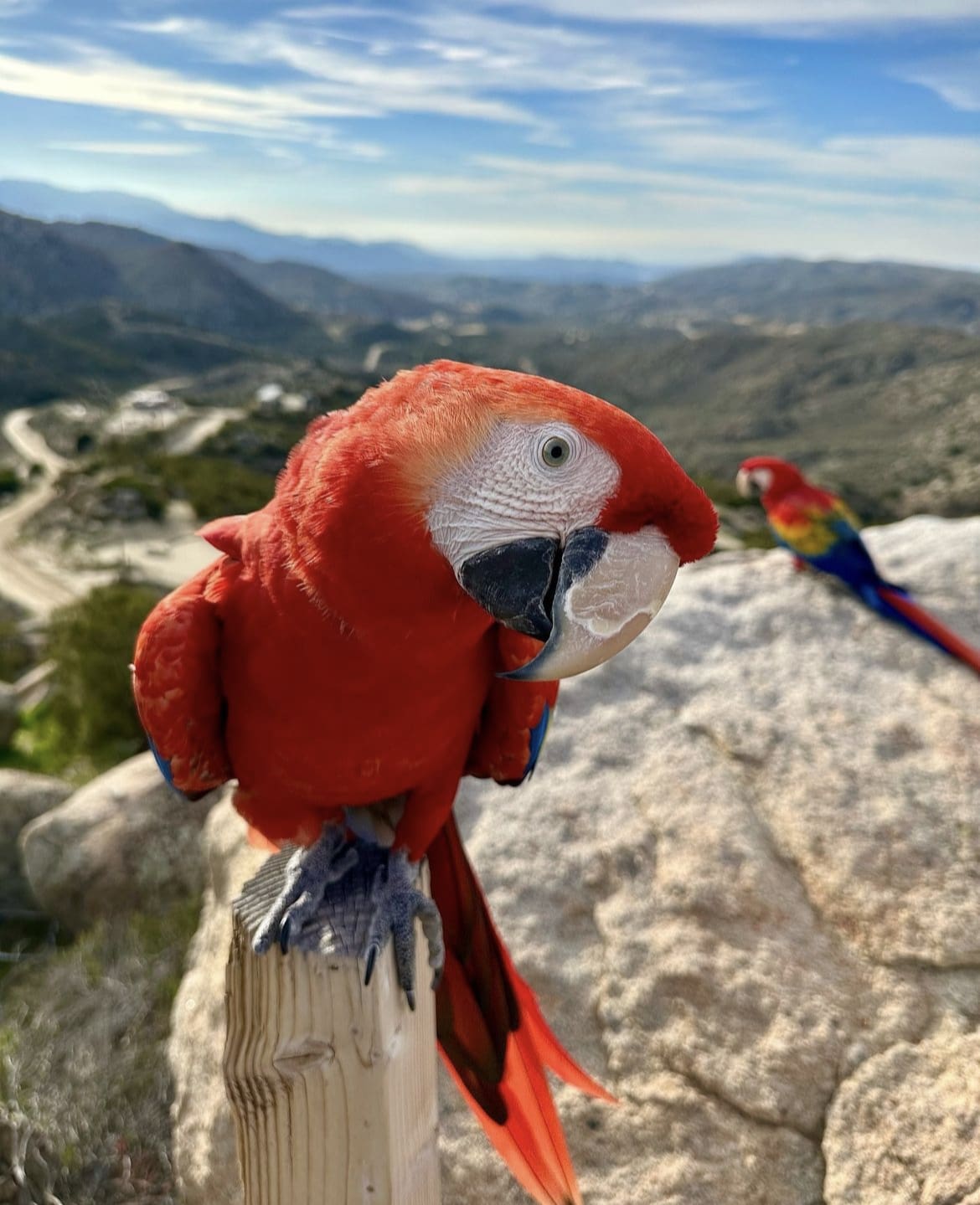
Are Macaws Endangered?
Many macaw species are indeed listed as endangered or threatened by the International Union for Conservation of Nature (IUCN). The varying degrees of threat depend largely on their habitat conditions and the impact of human activity. For instance, the Hyacinth Macaw is considered vulnerable due to its specific habitat needs and the illegal trade of exotic pets.
Conservation status not only highlights the risk these birds face but also the global responsibility to ensure their survival. International cooperation is needed, along with strict enforcement of wildlife trade laws and significant efforts to restore and protect macaw habitats. Thankfully, there are numerous success stories where conservation initiatives have stabilized or even increased macaw populations, showing that with concerted effort, positive change is possible.
Threats to Macaws in the Wild
The beautiful plumage and engaging personalities of macaws that make them so beloved are unfortunately also the reasons they are under threat. The illegal pet trade has a devastating impact on wild populations, as juvenile birds are often captured and sold on the black market. This not only reduces the number of individuals in the wild but also disrupts the social structure of macaw flocks, which can have broader ecological consequences.
Habitat destruction is another significant threat. As forests are cleared for agriculture or mining, macaws lose both their homes and their food sources. Climate change further exacerbates these challenges, altering the ecosystems macaws depend on for survival. Pollution, especially in the form of pesticides and heavy metals, can also poison these birds or their food supplies, leading to decreased fertility and higher mortality rates.
Where to See Macaws
If you're keen on seeing macaws in their natural habitat, there are several destinations where these magnificent birds can still be found flying freely. The Amazon rainforest across countries like Brazil, Peru, and Colombia offers vast tracts of untouched forests that are home to numerous macaw species. National parks and wildlife reserves often provide the best chances of sightings, with guided tours that help spot these colorful birds in the canopy.
Another excellent location is Costa Rica, particularly in areas like Corcovado National Park, where Scarlet Macaws are a common sight. Similarly, the Pantanal in Brazil is known for its large populations of Hyacinth Macaws, especially near conservation areas dedicated to this species. These trips not only offer the chance to see macaws but also support eco-tourism, which plays a crucial role in their conservation.
Tips for Spotting Macaws
Spotting macaws, while exciting, can be challenging due to their often elusive nature and the dense habitats they prefer. Here are some tips to increase your chances of a memorable encounter:
- Early Morning or Late Afternoon: Macaws are most active during these times, making them easier to spot as they feed and socialize.
- Listen for Their Calls: Macaws are noisy creatures. Their loud calls can help you locate them even before they are visible.
- Use Binoculars: A good pair of binoculars is essential to get a clear view of these birds as they often stay high in the treetops.
- Stay Near Fruit Trees: Macaws often visit specific trees that bear fruit, so these spots can be excellent for sightings.
- Be Patient: Like any wildlife spotting, seeing macaws requires patience. They are wild animals with their own routines and timetables.
Facts About the Macaw
- Macaws can eat some toxic seeds and unripe fruits that are harmful to other animals because clay from clay licks helps neutralize the toxins.
- The largest macaw species is the Hyacinth Macaw, which can grow up to 40 inches in length.
- Macaws have a strong sense of community, often seen preening each other, which helps strengthen their social bonds.
- They are known for their incredible memory, which is essential for recalling the locations of fruiting trees throughout their vast territory.
- Macaws can fly up to 35 miles per hour, using their powerful wings to navigate through and above the rainforest canopy.
Myths About the Macaw
- Myth: Macaws can talk like humans. Fact: While they can mimic human speech, they do not understand or communicate in human languages.
- Myth: All macaws are colorful. Fact: While most are vividly colored, some species have more subdued hues to blend into their environments better.
- Myth: Macaws live only in rainforests. Fact: Macaws inhabit a range of environments from rainforests to savannahs, depending on the species.
- Myth: Macaws eat only fruits. Fact: Their diet is diverse, including nuts, seeds, leaves, and occasionally insects and small animals.
Macaws are not just birds; they are a spectacular display of nature's brilliance, with their vivid colors, complex behaviors, and fascinating ecological roles. As we continue to encroach on their habitats, the responsibility to protect these magnificent creatures grows.
By supporting conservation efforts and responsible eco-tourism, we can help ensure that macaws continue to thrive in the wild. Witnessing a macaw in its natural setting is more than just a sighting; it’s an encounter with one of the planet’s most extraordinary creations, reminding us of the beauty and fragility of the world we share.
Hyena Pseudopenis: Why Do Female Spotted Hyenas Have a Fake Penis?
April 19, 2024
The spotted hyena is a creature that's as enigmatic as it is misunderstood. They challenge the very foundations of gender roles in nature.
While these animals often get a bad rap in movies and folklore, they harbor one of the most fascinating biological secrets of the animal kingdom: the female sports what appears to be a penis. Yes, you read that right—a pseudopenis! This article isn't just a dive into one of nature's oddities; it’s an exploration into the evolutionary marvels that drive the complex lives of these fierce creatures.
Why do female hyenas have this unusual organ? What does it mean for their survival and social standing in the wild? In the coming sections, we'll unpack the anatomy of the pseudopenis, explore the theories behind its evolution, and see how it influences everything from mating to social dynamics.
Whether you're a wildlife enthusiast, a curious biologist, or just someone who loves a good nature mystery, stick around. You're about to discover why the female spotted hyena's reproductive anatomy is a game-changer in our understanding of evolutionary biology. Let's demystify the reasons behind the pseudopenis and delve into its implications on the social structure of these captivating animals.
What Exactly is a Pseudopenis?
To understand why female spotted hyenas are so unique, let's first delve into what a pseudopenis actually is. Essentially, it’s an enlarged clitoris that closely resembles the male penis, both in appearance and function.
This organ is capable of erecting and is used by females not only for urination but also for mating and giving birth. Yes, the complexities of hyena birth through such a structure are as challenging as they sound, which naturally raises the question of why such an anatomy exists in the first place.
The pseudopenis is complete with a false scrotum, which is actually the female's enlarged labia fused together. These features are not superficially male; they play an integral role in the female hyena's life, from social interactions to the reproductive process.
The anatomical structure is such that it gives female hyenas a distinctly masculine appearance, blurring the lines of gender roles within the animal kingdom. This phenomenon is not only rare but unique to spotted hyenas, setting them apart in the world of mammals.
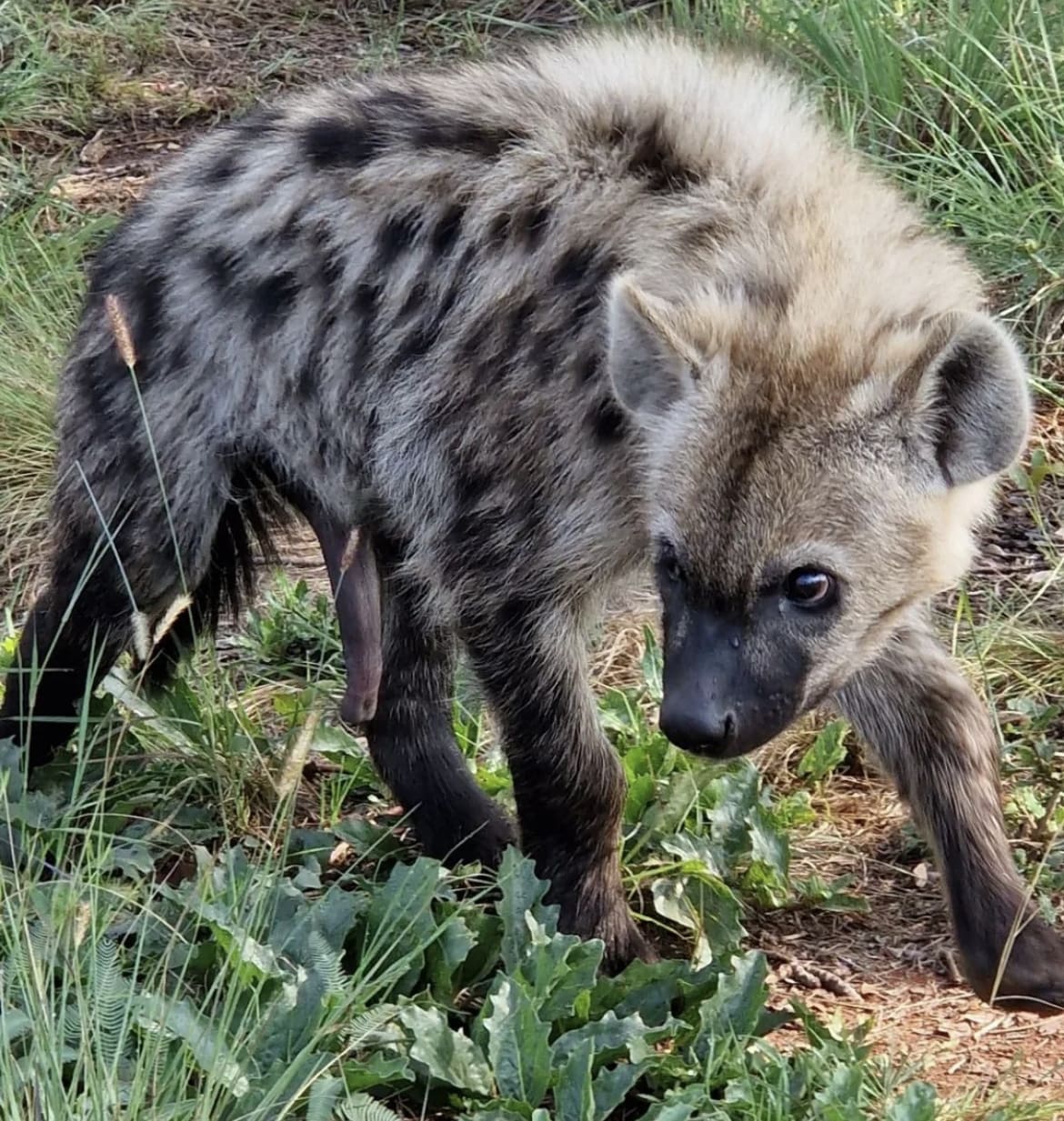
READ NEXT: THE 10 DEADLIEST ANIMALS IN AFRICA
The Evolution Behind the Masquerade
Why would evolution favor the development of such a peculiar trait as the pseudopenis in female spotted hyenas? Theories abound, but most revolve around the idea of survival and social advantage. One prevalent theory suggests that high levels of androgen (a type of male hormone) exposure in utero could be responsible. This hormonal influence not only develops the pseudopenis but also contributes to the aggressive nature of female hyenas, giving them a significant edge in their matriarchal societies.
This adaptation could be seen as nature’s way of leveling the playing field. In the harsh environments where hyenas thrive, every member of the clan needs to be tough and competitive to survive. The females, often larger and more dominant than males, control mating and make key decisions for their clans. Their masculinized anatomy might be nature's strategy to ensure that female hyenas hold their own in this aggressive environment, handling both the roles of caregiver and leader effectively.
Moreover, the pseudopenis might serve as a natural deterrent against unwanted mating attempts. Only the most determined and fit males can navigate the complex mating process, which involves careful alignment and cooperation from the female. This ensures that only the strongest genes are passed down to offspring, a critical factor in the harsh reality of their ecosystem.
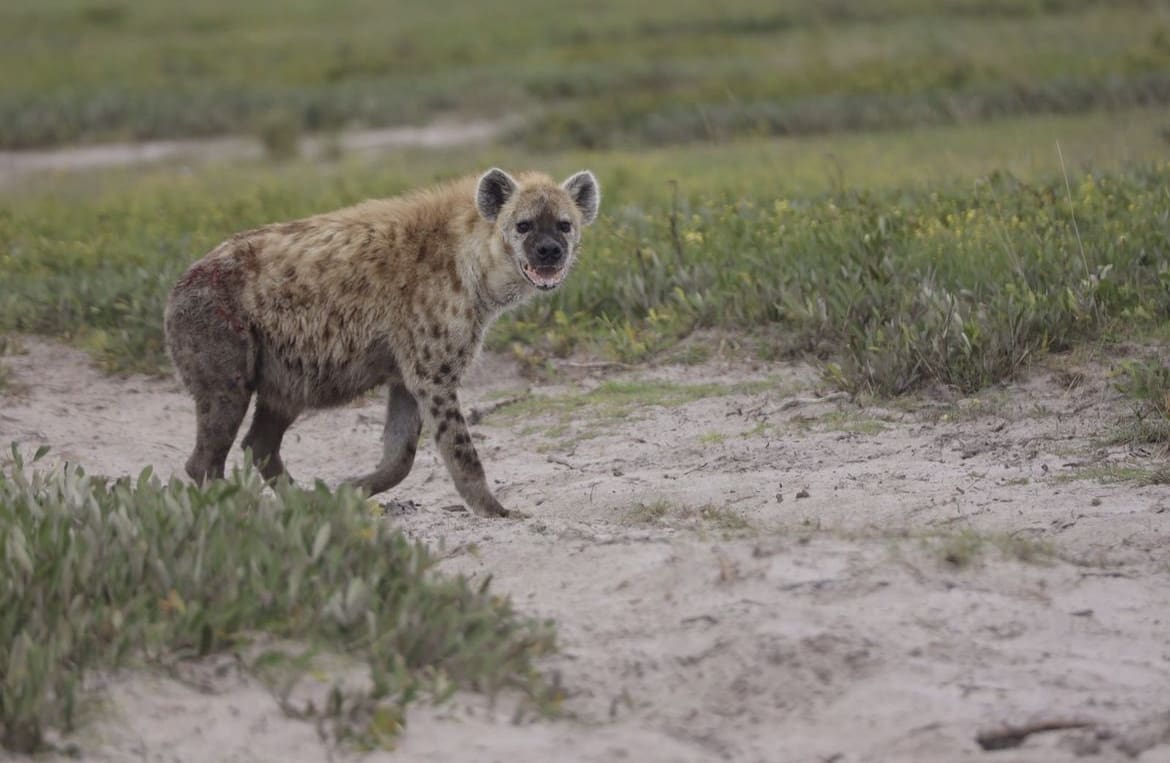
Reproduction and Mating
The mating rituals of spotted hyenas are as unconventional as their anatomy. To mate, a male hyena must be exceptionally patient and precise, as he has to navigate the female's pseudopenis. This process is not only physically demanding but requires a high level of cooperation from the female, who must invert her pseudopenis to allow copulation—a feat that seems almost acrobatic in nature. This unique mating system naturally complicates reproduction, but it also plays a crucial role in the social structure of hyena clans.
Due to the complexity and difficulty of the mating process, mating opportunities are less frequent and more selective in spotted hyenas than in many other mammals. This selectivity strengthens the social bonds within clans and ensures that only the most adept males reproduce, thereby enhancing the genetic quality of offspring. The female's control over mating further solidifies her dominant role within the clan, enhancing the matriarchal system that characterizes their social structure.
Additionally, the birth process through the pseudopenis presents significant challenges and risks. The birth canal of the pseudopenis is only slightly larger than the cubs she bears, often resulting in a laborious and dangerous delivery. This high-risk birthing process has profound implications for cub survival rates and the overall fitness of the species, influencing everything from individual health to population dynamics.
To lighten the mood in what might otherwise be a heavy read, it's worth noting some humorous yet true myth-busting about hyenas: No, they don't laugh because they find something funny. Their famous "laugh" is actually a form of communication used to express excitement and frustration, often during feeding or when a cub is in distress during the challenging birth process.
This fascinating blend of complex behaviors and biological adaptations makes the spotted hyena a creature as intriguing as it is formidable.
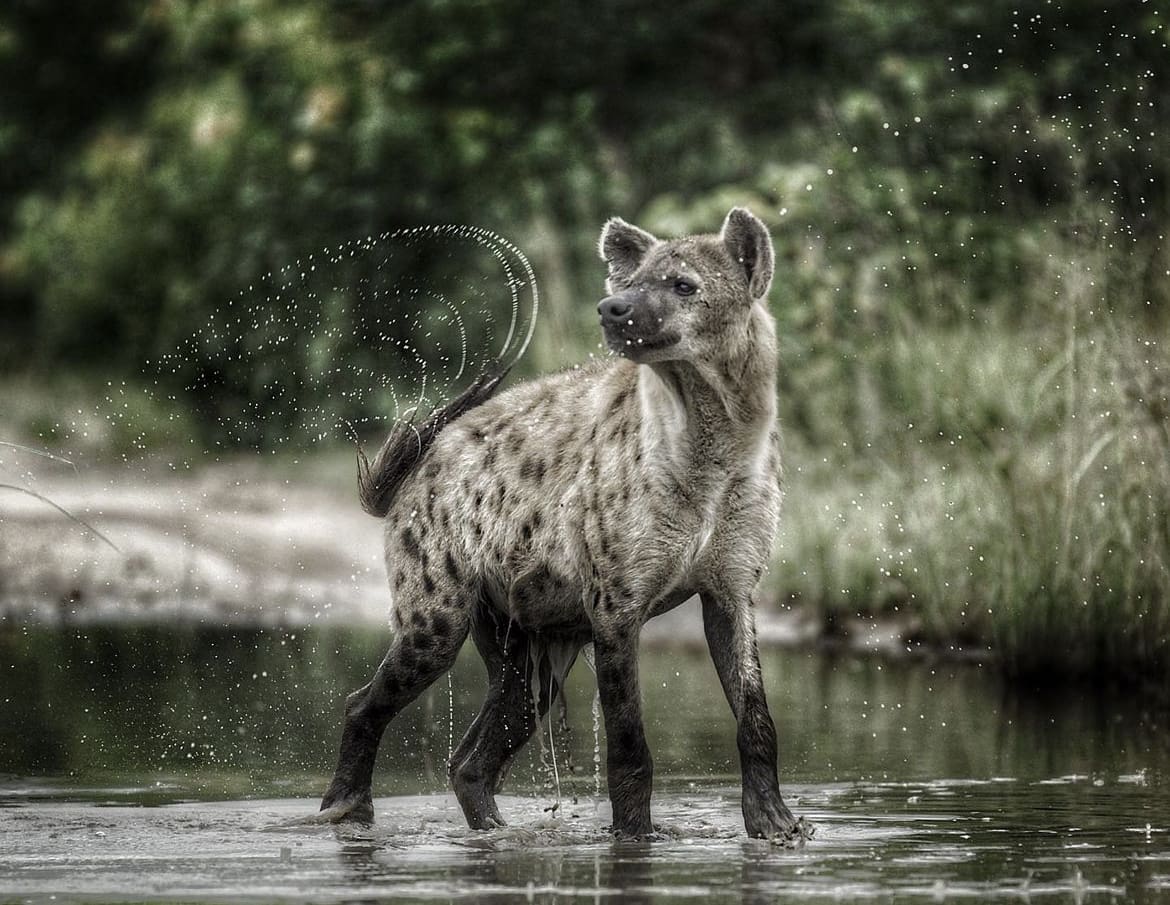
RELATED: THE TOP SAFARI DESTINATIONS IN SOUTHERN AFRICA:
Social Dynamics and Survival
The pseudopenis isn't just a biological curiosity; it's a cornerstone of the social structure in spotted hyena clans. In this matriarchal society, females reign supreme, and their unique anatomy enhances their status and control within the group. The presence of the pseudopenis symbolizes strength and dominance, traits that are crucial for leadership in the competitive savannah.
Female hyenas leverage their anatomical advantage to maintain order and establish their authority. This dominance is visible not only in day-to-day interactions but also in critical moments such as food distribution and conflict resolution. The females' larger size, coupled with their aggressive demeanor (enhanced by higher androgen levels), allows them to monopolize food resources, which is vital for their survival and the nurturing of their cubs.
This dominance extends to reproductive choices as well. By controlling when and with whom they mate, female hyenas influence the genetic direction of their clan, ensuring the continuation of traits that reinforce their matriarchal system. This control over mating and the inherent selection pressure it creates shapes the evolutionary path of their species.
To put this in perspective, consider other matriarchal animal species, like elephants or orcas, where females also lead social groups and make critical decisions that affect the survival of their family units. However, unlike hyenas, their dominance does not stem from such pronounced physical masculinization but from social and intellectual prowess. This comparison not only highlights the uniqueness of the hyena's social structure but also underscores the diversity of matriarchal systems in the animal kingdom.
In the wild world of spotted hyenas, it's not just about being the strongest; it's about being the smartest and most adaptable. Their society challenges our human notions of gender and hierarchy, offering a fresh lens through which to view both animal behavior and evolutionary biology.
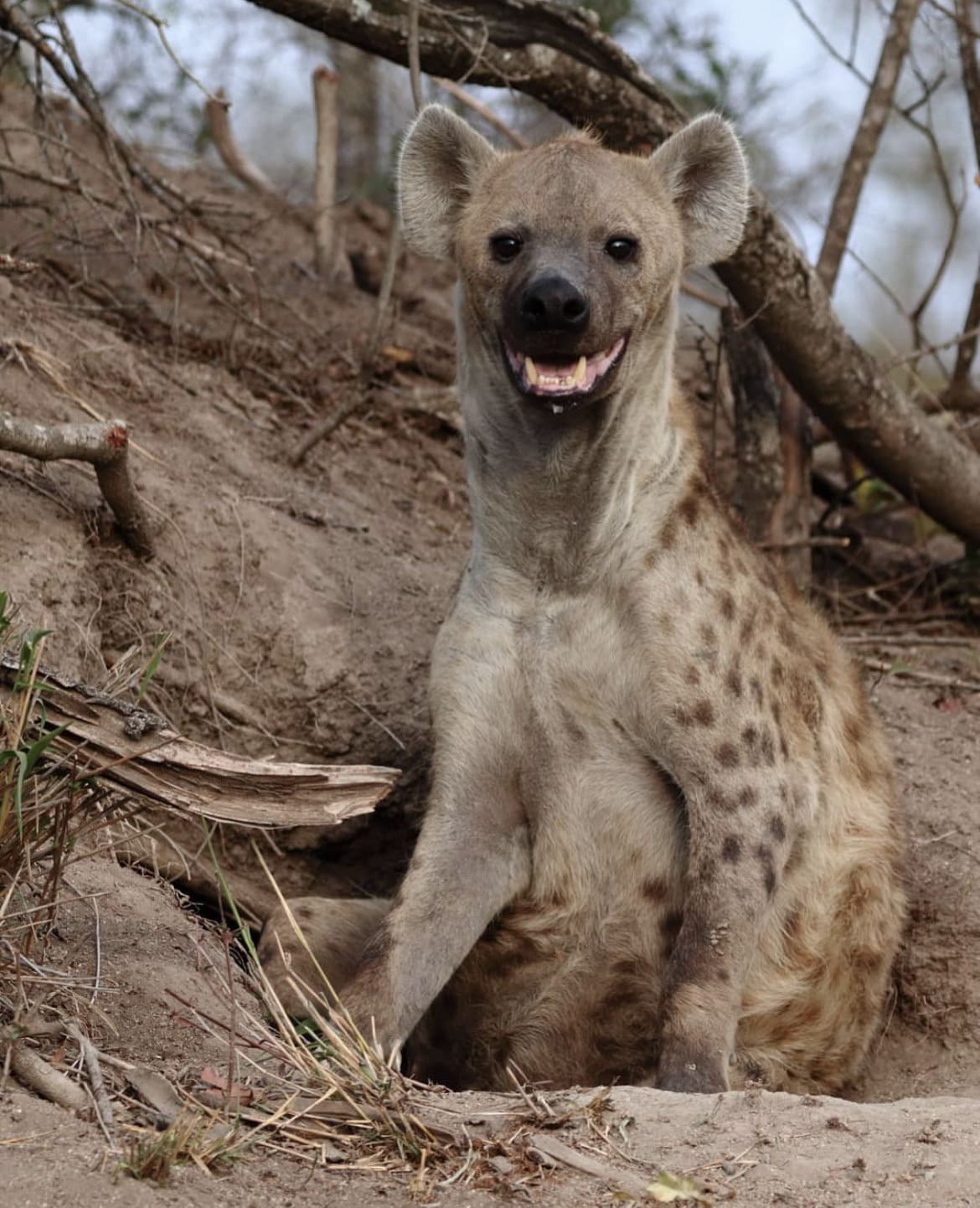
Hyenas in the Wild vs. Human Perception
From Lion King to Kingpin
The portrayal of hyenas in popular media, like the sneaky and villainous trio in Disney's The Lion King, starkly contrasts with the complex and nuanced reality of these creatures. This section will dive into how spotted hyenas are viewed in the wild versus how they are often misrepresented in human culture.
In the wild, hyenas are not the cowardly scavengers as frequently depicted; rather, they are skilled hunters with a success rate that rivals that of lions. About 95% of their diet comes from their own hunting efforts, showcasing their prowess as top predators rather than mere opportunists. This misalignment between perception and reality extends beyond just their role in the ecosystem—it affects conservation efforts and our understanding of their true nature.
The spotted hyena's intelligence is another aspect that is often overlooked. They possess complex communication skills and demonstrate problem-solving abilities that are comparable to some primates. Their social interactions are intricate, with a clear structure and hierarchy that ensures group survival. This intelligence, however, is rarely highlighted in the tales told about them.
To further debunk myths and shift narratives, it's important to recommend resources that offer a more accurate depiction of hyenas. Documentaries, scientific publications, and wildlife blogs can provide insights into the real lives of these fascinating animals, promoting a better understanding and appreciation.
Conservation and Future Research
The unique reproductive anatomy and complex social structure of the spotted hyena are not just fascinating biological phenomena—they also underscore the importance of conservation efforts for this often-misunderstood species. As we delve into the needs for protecting these remarkable creatures, it becomes evident that conservation is not just about preserving an animal; it’s about maintaining the ecological balance they help uphold.
Spotted hyenas play a crucial role in their ecosystems as both predators and scavengers, helping control prey populations and clean up carcasses that could spread disease. However, they face threats from habitat loss, human-wildlife conflict, and misconceptions that lead to negative attitudes and policies. Conservation efforts need to focus on habitat preservation, conflict mitigation strategies, and education programs that shift public perception and increase ecological awareness.
Future research into hyena biology and behavior can also provide insights that enhance our conservation strategies. Understanding how hyenas adapt to changing environments, how their social structures evolve with shifts in their ecosystems, and the potential effects of climate change on their survival can inform more effective conservation practices. Additionally, studying their unique reproductive system may offer broader biological insights that could have implications for other species and even human medicine.
In closing, the conservation of spotted hyenas is a compelling chapter in the broader narrative of wildlife protection. By safeguarding these animals, we not only preserve an essential link in the African savannah but also protect a living library of evolutionary innovation and resilience. Encouraging reader engagement through support for wildlife conservation initiatives or participation in community-based protection programs can make a tangible difference in the lives of these fascinating animals and the health of our planet.
This article aims not only to educate but also to inspire action, fostering a connection between our readers and the wild world of the spotted hyena. Through understanding, respect, and proactive involvement, we can ensure that future generations will also be able to witness the incredible survival story of the spotted hyenas.
Get To Know The Aye-Aye
March 21, 2024
Alright, folks, let's dive into the world of one of the most bizarre creatures you've probably never heard of - the Aye Aye. This little critter is not your typical cute and cuddly pet material; it's more like the punk rocker of the animal kingdom, with its unconventional looks and nocturnal antics.
What is the Aye-Aye?
Native exclusively to Madagascar, the Aye Aye has the scientific community scratching their heads about where exactly it fits on the family tree. It's a lemur, but not just any lemur. It's like the black sheep of the lemur family, standing out with its unique features and behaviors.
Now, before you start thinking this is just another boring biology lesson, let me tell you, the Aye Aye is a creature that defies expectations. It's a symbol of Madagascar's incredible biodiversity and a testament to the island's evolutionary quirks. So, if you're into discovering the oddballs of the animal world, the Aye Aye is a goldmine.
What do Aye-Ayes look like?
Imagine a creature that looks like it's been assembled from parts of several different animals. Got it? Well, you're probably picturing something close to an Aye Aye. These guys have bushy tails that could rival any squirrel's, massive ears that look like they've been borrowed from a bat, and a face that's...well, let's just say it's got character.
But the real showstopper is the Aye Aye's hands, especially its middle finger. Thin, elongated, and downright eerie, this finger looks like it belongs in a horror movie. It's not just for show, though – more on that later. And their eyes? Big, bright, and reflective, these peepers are perfect for spotting dinner in the dead of night. So, while they might not win any beauty contests in the traditional sense, Aye Ayes are fascinatingly adapted to their unique lifestyle.
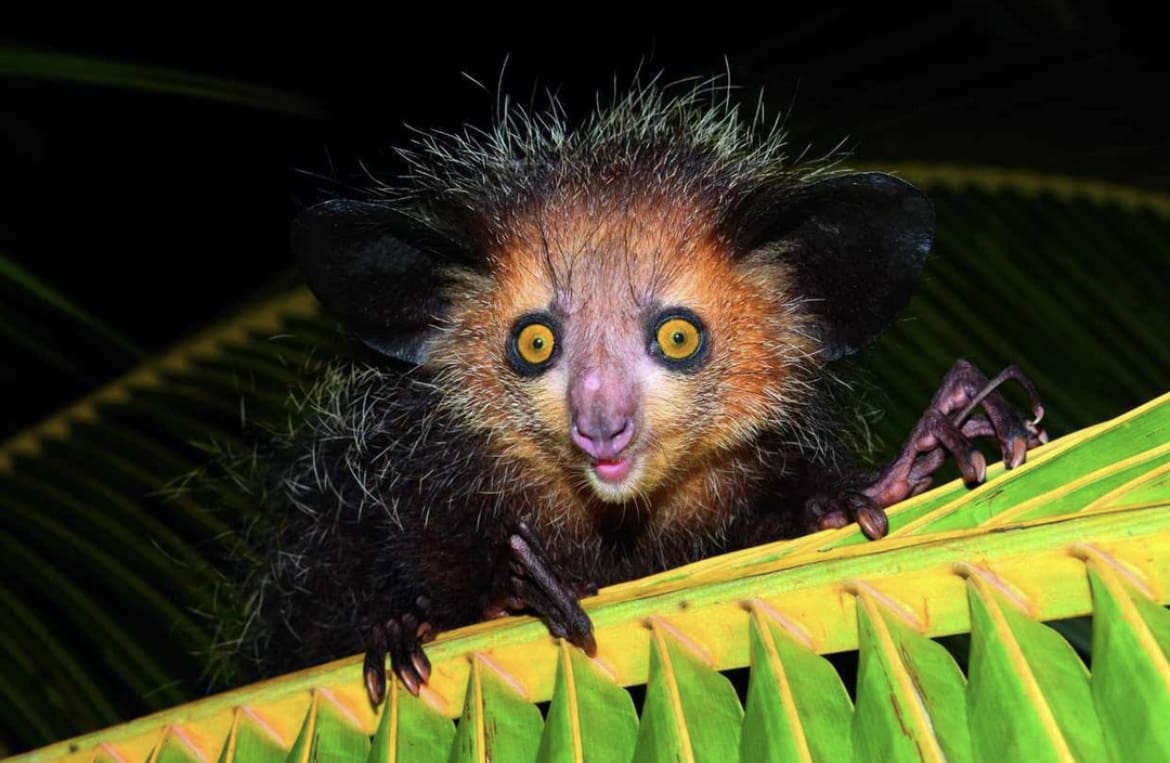
How big are Aye-Ayes?
When it comes to size, Aye Ayes are on the larger side for nocturnal primates but wouldn't exactly tip the scales. On average, they're about the length of a large house cat, but with much of that length coming from their bushy tails. Weighing in at around 2 to 2.5 kg (4 to 5.5 lbs), they're substantial enough to be impressive but still light enough to navigate the treetops with ease.
Aye-Aye Fur
Moving on from their size, let's talk about one of the Aye Aye's most noticeable features: its fur. If you're picturing something soft and cuddly, you might be a bit off the mark. The Aye Aye's coat is more on the coarse side, meant more for function than fashion. It ranges from dark brown to black, with a sprinkling of white or silver hairs that give it a slightly grizzled look. This isn't just about aesthetics, though; their fur is perfectly adapted to their nocturnal and arboreal life, providing camouflage among the trees and protection from the elements.
And here's a fun fact: the Aye Aye's bushy tail, which is longer than its body, isn't just for show. It acts as a kind of all-weather gear, wrapping around the body for warmth during those chilly Madagascar nights or fluffing out as a signal when the Aye Aye feels threatened or wants to assert its dominance. Talk about versatile fashion!
Aye Aye Teeth
But wait, there's more to the Aye Aye than just its funky fur and tail. Let's talk teeth. The Aye Aye's chompers are something else. Unlike other primates, its incisors grow continuously, much like those of a rodent. This might sound weird, but it's a key adaptation for its unique diet (hang tight; we'll get to that). These ever-growing front teeth allow the Aye Aye to gnaw through tough outer shells of nuts and insects' cocoons. So, while their dental situation might make an orthodontist wince, it's perfect for their lifestyle.
Aye Aye Finger
Now, onto the main attraction: the Aye Aye's infamous middle finger. If you thought the rest of the Aye Aye was odd, this slender, skeletal digit takes the cake. It's long, it's thin, and it's incredibly versatile. Primarily, this finger is a tool for foraging. The Aye Aye taps on wood with its other, more robust fingers and listens with its large ears for the echo that indicates hollow spaces where bugs might be lurking. Then, it uses that creepy-cool middle finger to fish out grubs and insects from the wood. Think of it as nature's own version of a Swiss Army knife.
But it's not just for feeding. This finger also has a role in grooming and perhaps even in social interactions among Aye Ayes. It's a prime example of how evolution can go down some pretty quirky paths when left to its own devices on an isolated island like Madagascar.
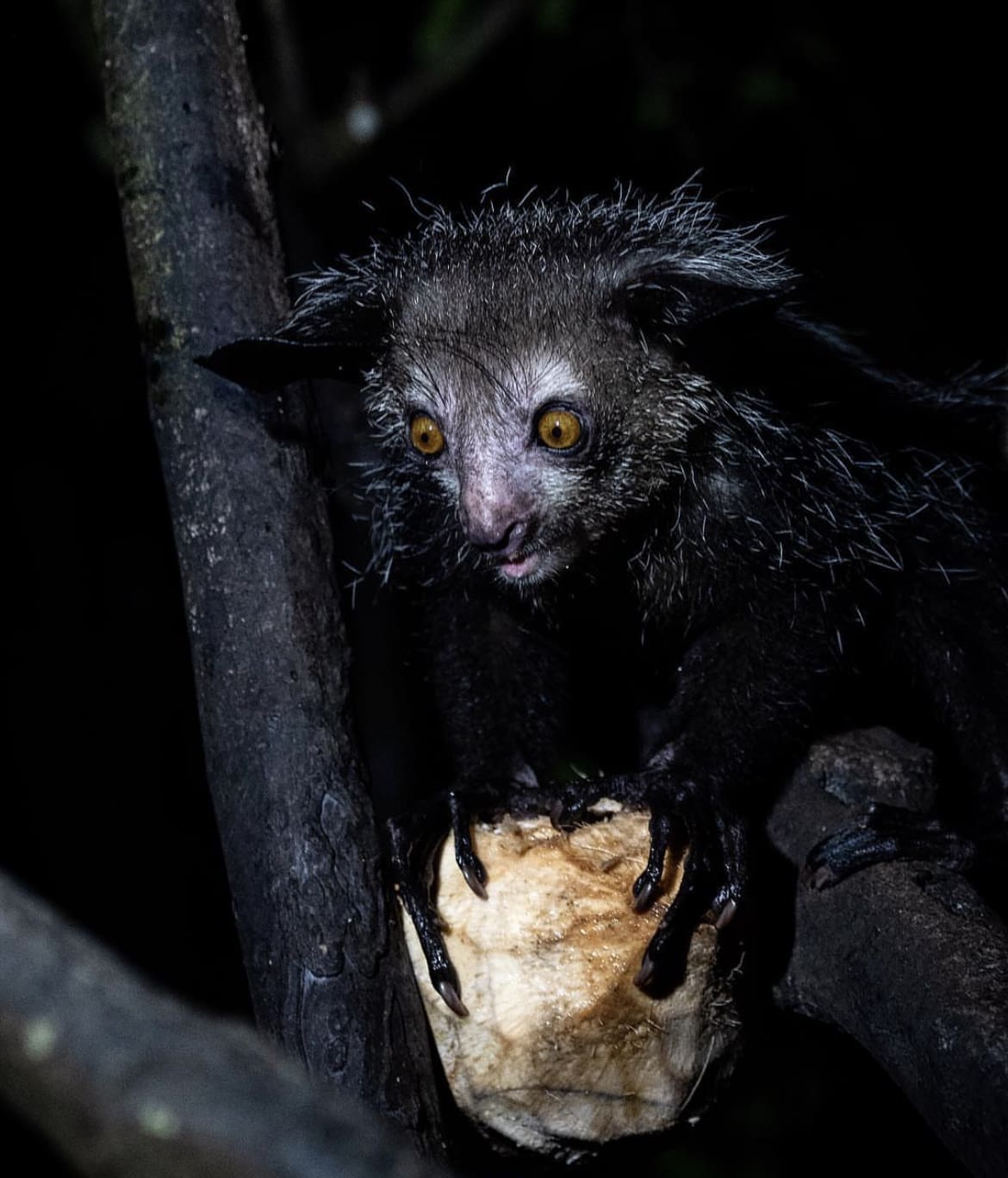
Aye-Aye Eyes
Delving deeper into the peculiar world of the Aye Aye brings us to their captivating eyes. Oversized and luminous, these orbs are the windows to the Aye Aye’s nocturnal soul, glowing eerily when caught in the light. Adapted to life under the cover of darkness, their eyes are large to capture as much moonlight as possible, allowing them to see in conditions that would leave us humans groping blindly. This exceptional night vision facilitates their unique foraging habits and keeps them alert to predators lurking in the shadows. It’s a mesmerizing feature that adds to the Aye Aye’s mysterious allure, proving that beauty truly is in the eye of the beholder.
Aye-Aye Colouration
The Aye Aye's coloration is as distinctive as its lifestyle. Its fur, a mix of black, brown, and occasionally with a hint of silver or white, isn't just about making a fashion statement in the animal kingdom. This mottled coat serves as excellent camouflage, blending seamlessly into the dark canopy of Madagascar's forests. It's a crucial adaptation for an animal that spends most of its life in the trees, allowing it to remain nearly invisible to predators and prey alike. The varying shades across its body and limbs also help break up its outline, making the Aye Aye a master of stealth. So, while its coloration may not win it any beauty contests, it's a vital part of the Aye Aye's survival kit, proving once again that in nature, function often trumps form.
What do Aye-Ayes eat?
Now, let's get to the juicy part - or should I say, the buggy part? The Aye Aye's diet is as unusual as the rest of its characteristics. These creatures are the animal kingdom's answer to a lock-picking kit, specializing in extracting hard-to-reach food sources with their unique set of tools. Primarily, Aye Ayes feast on insects and grubs, using their elongated middle finger to fish these critters out of tree bark or bamboo. But their diet isn't limited to just bug sushi; they also have a taste for fruit, nectar, and fungi.
This eclectic menu makes the Aye Aye a vital part of Madagascar's ecosystem, acting as both pest control and seed disperser. Their preference for certain types of nectar and fruit even helps with the pollination of some plant species. So, while their feeding habits might seem a bit odd to us, they play a crucial role in maintaining the health and diversity of their habitat. It’s a perfect example of how every creature, no matter how strange, has its place in the web of life.
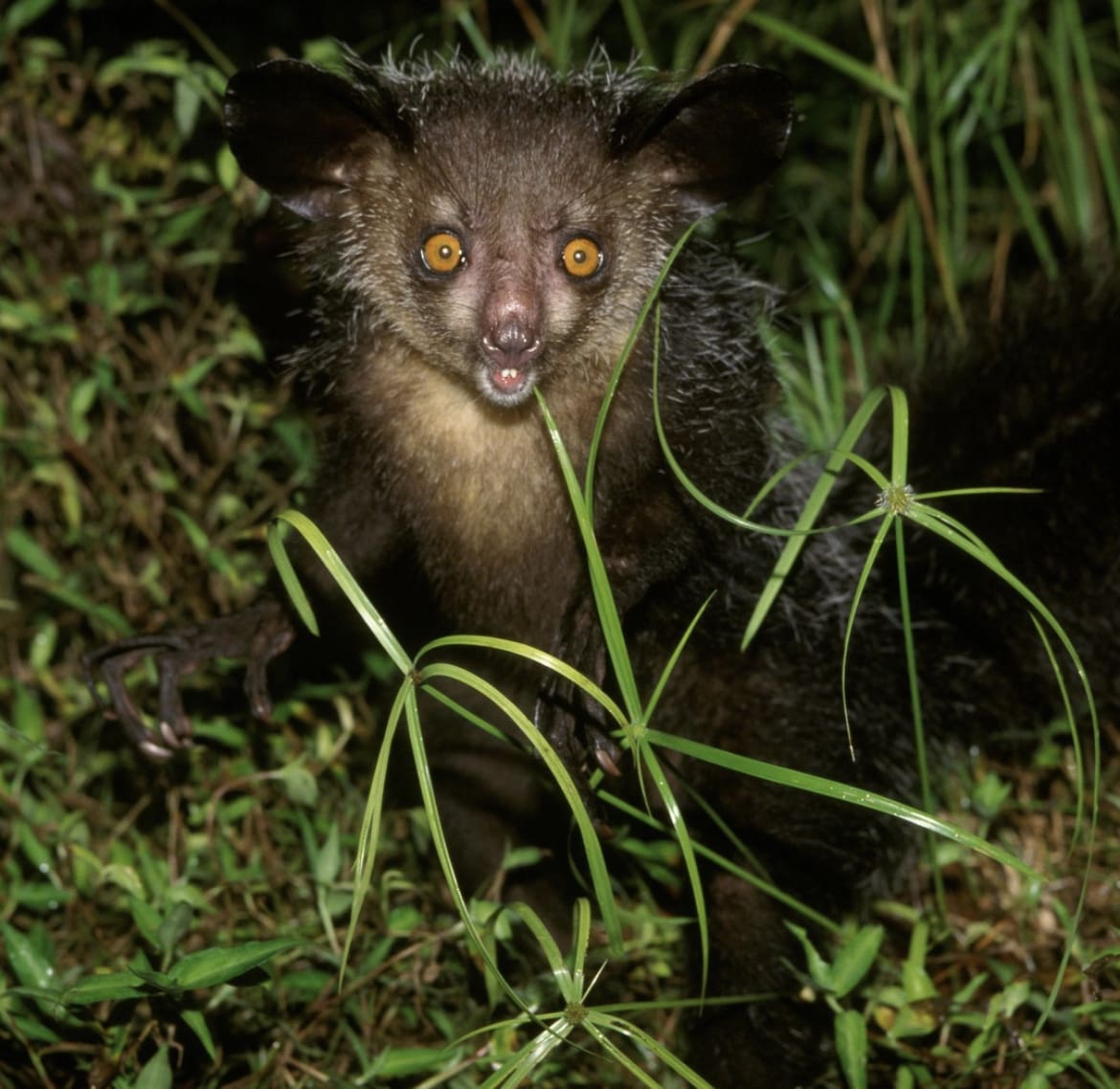
Social Structure
Diving into the social world of the Aye Aye reveals a creature that values its personal space. Unlike the social butterflies of the animal kingdom, Aye Ayes are the introverts, preferring solitude over company. These nocturnal primates are mostly solitary creatures, coming together only for breeding purposes. Their social structure is loosely organized, with individuals having overlapping home ranges that they defend vigorously from others of the same sex.
Communication among Aye Ayes involves a mix of vocalizations, body postures, and even scent marking to convey messages across the treetops. These signals help maintain their solitary lifestyles, allowing them to come together when necessary but otherwise live independently. This preference for solitude is not just a quirky trait but a reflection of their specialized feeding habits, which require a large foraging area to support their diet. In the dense forests of Madagascar, the Aye Aye whispers its secrets, a solitary guardian of the night.
How do Aye-Ayes reproduce?
When it comes to matters of the heart, Aye Ayes are decidedly low-key. Their mating system is polygynous, meaning males may mate with multiple females when the opportunity arises. However, encounters between potential mates are rare, given their solitary nature and the vastness of their territories. When they do meet, courtship is a subtle affair, with much of the interaction focused on gentle pursuits and vocal communications.
Female Aye Ayes have a gestation period of about five months, after which they give birth to a single offspring. The young Aye Aye is weaned and begins to explore solid foods around two months but remains dependent on its mother for up to two years. This extended care period is crucial for the young Aye Aye to learn the complex skills needed for survival, from foraging techniques to navigating the treetops. The bond between mother and offspring is a testament to the Aye Aye's intricate life, hidden away in the heart of Madagascar's forests.
How long do Aye-Ayes live?
In the wild, the lifespan of an Aye Aye can be quite variable, but they are known to live for up to 20 years or more under the right conditions. In captivity, where threats are minimized, and nutrition is consistent, Aye Ayes have been known to reach ages of over 30 years. This longevity is remarkable for a creature of its size and is a testament to the Aye Aye's adaptability and resilience.
However, life in the wild is fraught with challenges, from finding enough food to avoiding predators and human threats. The Aye Aye's long lifespan allows it multiple breeding opportunities over the years, a crucial factor for the survival of this rare species. Each year in the life of an Aye Aye is a victory against the odds, a silent testament to the enduring spirit of Madagascar's most mysterious resident.
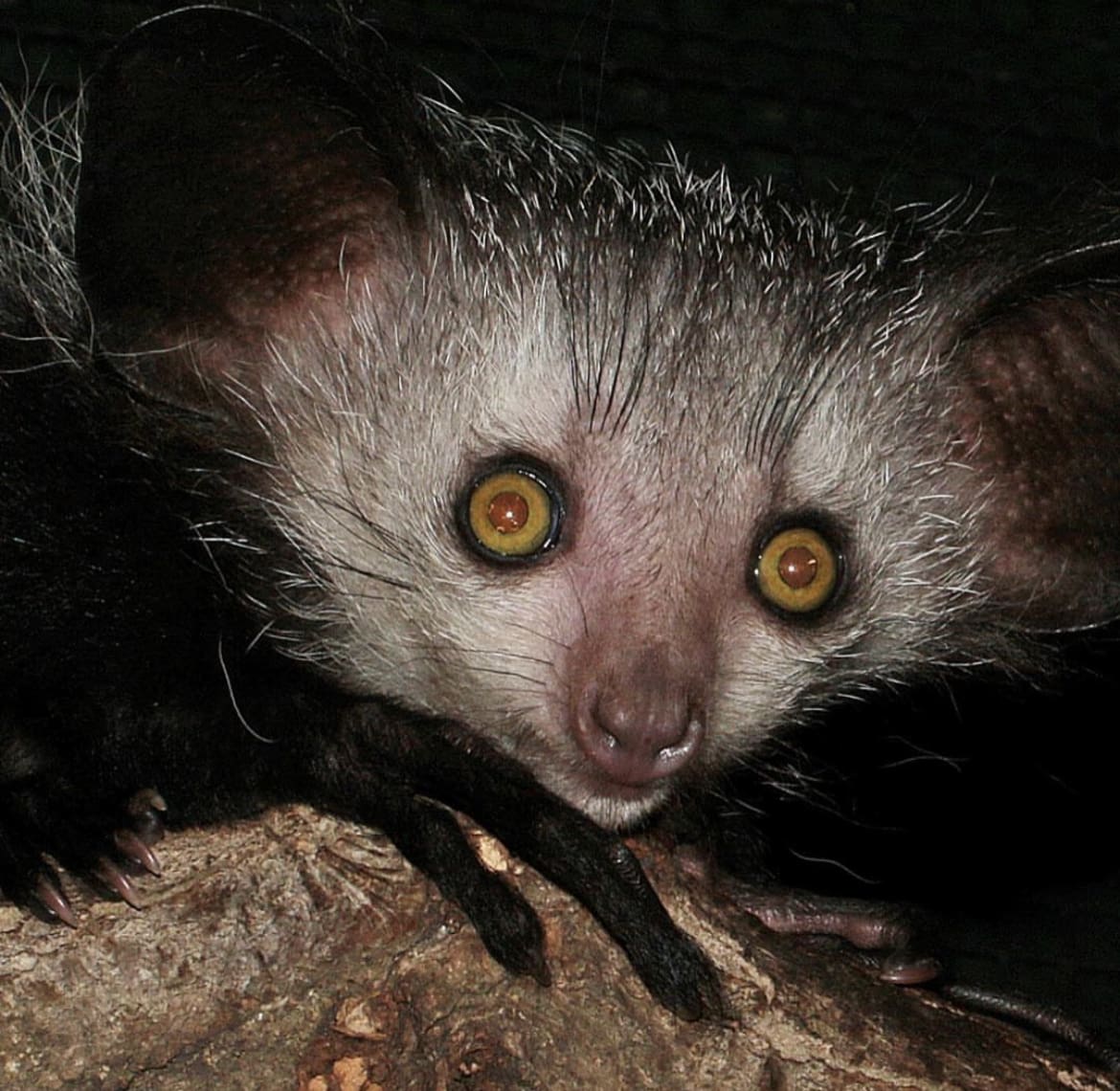
Is the Aye-Aye dangerous?
Let's debunk one of the biggest myths right off the bat: despite its somewhat ghoulish appearance and nocturnal habits, the Aye Aye is far from dangerous to humans. In fact, it's quite the opposite. These creatures are incredibly shy and will do their best to avoid human contact. The folklore surrounding them, however, paints a different picture, often depicting Aye Ayes as omens of bad luck or even harbingers of death. This unfortunate reputation has contributed to the persecution of Aye Ayes by locals in some areas of Madagascar, driven by fear and misunderstanding.
Scientifically speaking, Aye Ayes pose no threat. They're not aggressive unless cornered or captured, and their diet is primarily focused on insects and fruit. The biggest danger they pose is to the larvae of wood-boring insects. So, if you're not a grub hiding in a tree, you're probably safe. It's time we look past the superstitions and appreciate the Aye Aye for the unique and fascinating creature it is, not the mythical monster it's been made out to be.
Are Aye-Ayes territorial?
Indeed, Aye Ayes are quite territorial, especially when it comes to their feeding grounds. Given their specialized diet, they require large areas of forest to provide enough food, which means they're not too keen on sharing. Males have larger territories that may overlap with those of several females, and they spend a significant amount of time patrolling and marking their territory with scent. This territorial behavior ensures that they have exclusive access to the resources within their domain, critical for their survival.
Despite their solitary nature, Aye Ayes maintain a complex network of territories that intersect and overlap, allowing for the necessary interaction during mating seasons. These territories are not just random patches of forest but carefully chosen areas that offer the best opportunities for foraging and nesting. So, while they may not be social butterflies, Aye Ayes have a deep connection to their home turf, defending it with surprising vigor against intruders.
How fast are Aye-Ayes?
When it comes to speed, Aye Ayes are not the sprinters of the animal kingdom. Their movement is more deliberate, adapted to their nocturnal lifestyle and arboreal habitat. In the dense forests of Madagascar, agility and precision are more valuable than speed. Aye Ayes navigate the treetops with a slow, methodical grace, using their long fingers to probe for food and their large eyes to scan for danger.
However, don't let their slow pace fool you. When threatened, Aye Ayes can make a quick getaway, leaping from branch to branch with surprising agility. Their movement through the trees is a blend of creeping and climbing, carefully calculated to avoid drawing attention. So, while they might not win any races, Aye Ayes are perfectly tuned to the rhythms of the forest, moving at a pace that keeps them safe and well-fed.
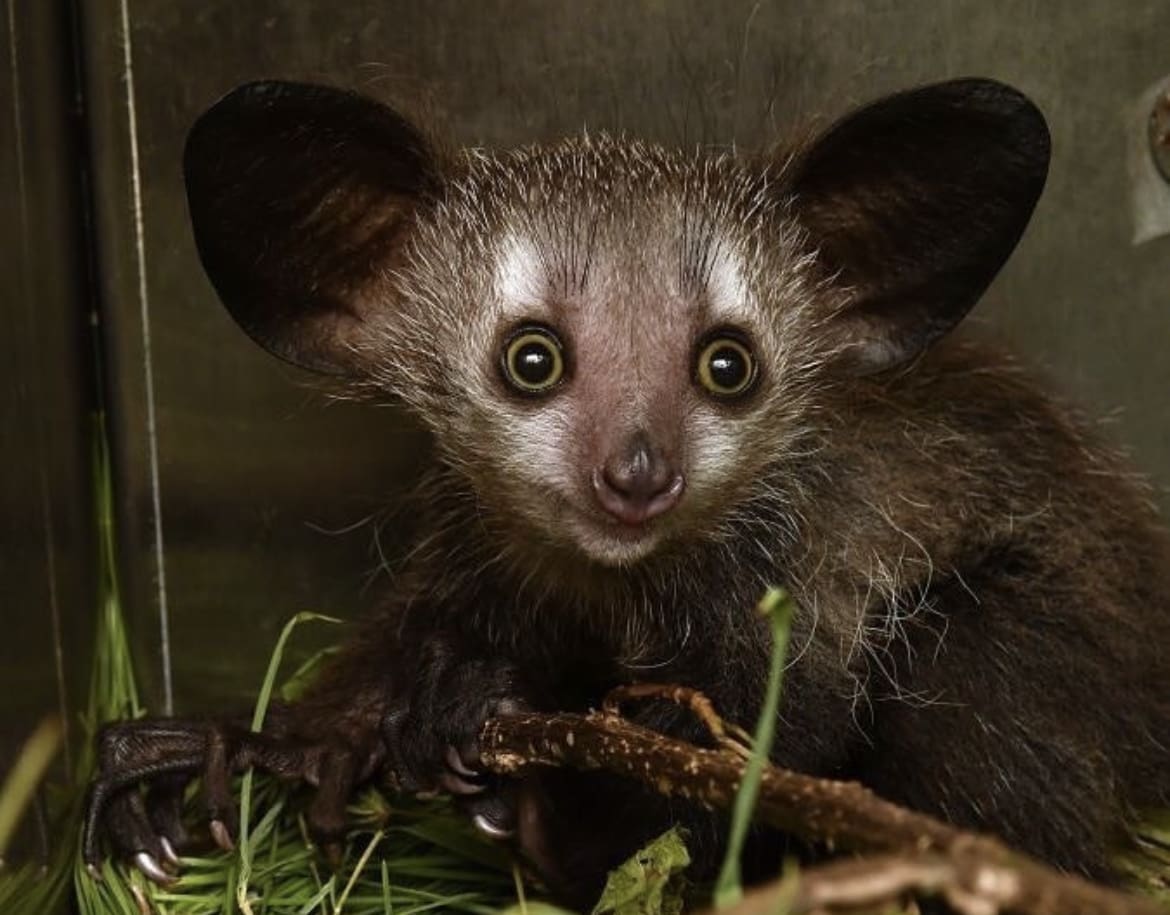
Where do Aye-Ayes live?
Aye Ayes call the lush and diverse forests of Madagascar their home, showcasing a remarkable adaptability to various habitats across the island. From the rain-drenched northern forests to the dry deciduous regions in the west and the bamboo groves of the east, Aye Ayes make themselves comfortable wherever there’s wood to be gnawed and insects to feast on. Their presence across such varied environments highlights not just the Aye Aye’s versatility but also the richness of Madagascar’s ecosystems.
These solitary creatures are masters of their realm, weaving through the treetops in the cover of night. The dense canopies of Madagascar offer more than just shelter and food; they provide a secluded haven far from human disturbances. However, the encroachment of civilization and the clearing of forests for agriculture are shrinking these habitats, pushing the Aye Aye into increasingly isolated patches of wilderness.
How many Aye-Ayes are there in the wild?
Quantifying the Aye Aye population is a challenging task, thanks to their elusive nature and the dense habitats they prefer. Estimates vary, but the consensus among conservationists is that their numbers are declining. The exact count of Aye Ayes in the wild remains a mystery, a reflection of the difficulties in studying these nocturnal creatures. Researchers rely on indirect methods, such as sightings, nest counts, and acoustic monitoring, to gauge their population density and distribution.
What is clear, however, is that the Aye Aye is under threat. Habitat destruction, hunting, and persecution due to local superstitions are the primary culprits behind their dwindling numbers. Conservation efforts are in place, aiming to protect the Aye Aye’s habitat and educate local populations about the vital role these animals play in the ecosystem. The survival of the Aye Aye is a crucial indicator of the health of Madagascar’s forests, making their protection a priority for conservationists worldwide.
Are Aye-Ayes endangered?
Yes, the Aye Aye is classified as Endangered on the IUCN Red List of Threatened Species. This status underscores the urgent need for conservation efforts to ensure their survival. Despite their adaptability to different forest environments, Aye Ayes cannot escape the widespread threats of deforestation, habitat fragmentation, and human superstition that lead to direct persecution.
The endangered status of the Aye Aye serves as a rallying cry for conservationists and wildlife enthusiasts. It emphasizes the importance of preserving Madagascar's unique biodiversity, not just for the Aye Aye but for all species that share its habitat. Protecting the Aye Aye involves a combination of habitat conservation, research, and community-based initiatives to mitigate human-wildlife conflict. The fight to save the Aye Aye is a fight for the heart of Madagascar itself, a battle against the clock to save one of the planet's most extraordinary creatures before it's too late.
Threats to Aye Ayes in the Wild
The Aye Aye faces a gauntlet of threats in its fight for survival, each one a piece of the puzzle that puts this unique species at risk. Habitat destruction is the heavyweight contender, with vast swathes of Madagascar's forests being cleared for agriculture, logging, and development. This not only reduces the Aye Aye’s living space but fragments it, isolating populations and making it harder for these solitary creatures to find mates and food.
But the challenges don't stop there. Hunting, fueled by local superstitions that cast Aye Ayes as harbingers of bad luck, adds another layer of danger. Though not targeted for bushmeat or the pet trade like other animals, Aye Ayes are often killed on sight out of fear. Additionally, climate change looms as a burgeoning threat, altering the delicate balance of their forest habitats and potentially disrupting the availability of their food sources.
Where to See Aye-Ayes In the Wild
For the intrepid wildlife enthusiast, Madagascar offers the unique opportunity to spot an Aye Aye in its natural habitat. However, patience and respect for these creatures’ nocturnal lifestyle are paramount. The Palmarium Reserve, also known as Ankanin'ny Nofy (Nest of Dreams), on the east coast of Madagascar, is one of the few places where Aye Ayes can be seen relatively easily, thanks to conservation efforts that protect a semi-wild population.
Eco-tourism, when conducted responsibly, can contribute to the conservation of the Aye Aye, offering a sustainable way for locals to value and protect their natural heritage. Visitors are encouraged to employ local guides, whose expertise and knowledge not only enhance the chance of an encounter but ensure minimal disturbance to the animals.
Tips for Spotting Aye Ayes
Seeing an Aye Aye in the wild is a rare privilege, requiring a bit of know-how:
- Go at night: Aye Ayes are nocturnal, so your best chance of spotting one is after dark.
- Stay quiet: Noise can scare them away, so move silently and keep chatter to a minimum.
- Use red light: If using a flashlight, cover it with red cellophane. Aye Ayes are less sensitive to red light, so it’s less likely to disturb them.
- Be patient: Wildlife watching is a waiting game. Stay in one spot and keep your eyes peeled.
Facts about The Aye Aye
- Aye Ayes are the world’s largest nocturnal primate.
- They have a unique method of finding food called percussive foraging, where they tap on wood to listen for insects moving inside.
- Aye Ayes have a special membrane over their third eyelid, known as a nictitating membrane, which helps protect their eyes while foraging.
- Unlike most primates, Aye Ayes have continuously growing incisors.
- They can rotate their third finger up to 360 degrees to extract food.
Myths about The Aye Aye
- Harbinger of death: In some Malagasy cultures, seeing an Aye Aye is considered an omen of death. This myth has contributed to their persecution.
- Human reincarnation: Some believe Aye Ayes are the reincarnated spirits of ancestors, adding to their mystique.
- Curses: There’s a myth that if an Aye Aye points its middle finger at you, you're cursed. Fortunately, this is just a tall tale.
Get To Know The Blob Fish
March 21, 2024
So, you’ve probably seen this face only a mother could love plastered across memes and "ugliest animal" polls, right? Meet the blob fish, or Psychrolutes marcidus if you want to get all scientific about it. This gelatinous wonder isn't just a fixture of internet fame; it’s a bona fide inhabitant of the deep sea, living life at pressures that would squish the rest of us into a human pancake.
So What is the Blob Fish, Anyway?
Residing at depths of 600 to 1,200 meters where the pressure is an insane 60 to 120 times greater than at sea level, this fish has adapted to an environment that’s about as forgiving as a landlord on rent day.
Why the buzz, though? Well, the blob fish breaks the mold of your typical Nemo or Dory. It’s not about flashy colors or sleek swimming; it’s about survival in the deep blue’s equivalent of outer space. This creature is a testament to the weird, the adaptive, and the outright miraculous nature of evolution. So, buckle up as we dive deep (pun intended) into the world of the blob fish, a creature that challenges our perceptions of beauty and resilience in the animal kingdom.
What Do Blob Fish Look Like?
Imagine if a fish decided to go as a puddle for Halloween—that's your blob fish. Out of water, it’s got this droopy, sad sack appearance that's spawned a thousand memes. But don’t let its deflated balloon look fool you; in its natural habitat, the blob fish leads a far less comical existence.
With a body density slightly less than water, the blob fish is a master of the effortless float. No need for a swim bladder here; its gelatinous body allows it to hover just above the seafloor, waiting to ambush unsuspecting prey. This almost gravity-defying act is the blob fish's secret weapon, letting it conserve energy in an environment where every calorie counts.
Size-wise, they’re not about to win any heavyweight titles. Typically, blob fish are about as long as a ruler, with some variation here and there. Their appearance, often described as a mix between a grumpy old man and a glob of goo, belies a creature perfectly adapted to life under extreme pressure.
How Big Are Blob Fish?
So, how big does this gloopy ambassador of the deep get? On average, blob fish are around 30 centimeters (about 12 inches) long. But, like any good fish tale, sizes can vary. Think of them as the underwater equivalent of a medium-sized lapdog—only, you know, less cuddly and a bit more on the squishy side.
Their size is pretty much perfect for the life they lead. Big enough to gulp down whatever unfortunate sea critters happen to drift their way, but not so large as to make life under extreme pressure untenable. It’s all about that sweet spot, and the blob fish has found its niche in a place most other creatures would find inhospitable.
Blob Fish Skin: Not Your Average Fish Scale
When you’re living under the kind of pressure that would turn other fish into fish sticks, you’ve got to have skin that can handle it. The blob fish's skin is a marvel of deep-sea adaptation. It’s not about winning beauty contests; it's about survival. This fish’s skin is thick, gooey, and gelatinous, providing just the right amount of resistance against the crushing depths. No scales here—just a smooth, jelly-like texture that would probably make for the world’s worst facial.
This squishy exterior plays a critical role in the blob fish’s life. It’s density is just right, allowing the fish to float above the sea floor without wasting energy on swimming. Think of it as nature’s way of giving the blob fish a perpetual hover mode. Plus, it's incredibly efficient. No need for a fancy swim bladder; the blob fish’s own body composition keeps it buoyant. In a place where efficiency is key, the blob fish's skin is its ticket to an easy ride.
Blob Fish Teeth
Now, before you start imagining the blob fish with a shark-like grin, let’s set the record straight: if the blob fish had a dental plan, it’d be pretty minimal. Its mouth is more about gulping than chewing, equipped to swallow marine snow (organic material that falls from higher in the water column) and small critters whole.
The blob fish’s diet is a low-effort affair, fitting for a creature that looks like it can’t be bothered. It’s not out chasing down meals; instead, it waits for the buffet to come to it. The design of its mouth and the near-absence of teeth reflect this laid-back dining style. So, no, it’s not going to bite—unless you’re a tiny sea creature that happens to float by.
Blob Fish Eyes
Given its underwhelming dental situation, you might wonder if the blob fish has better luck in the vision department. Living in the deep, dark depths of the ocean, you’d think evolution would hook it up with some night-vision goggles or something. Well, the blob fish’s eyes are small and not particularly well-adapted for seeing in the dark, murky waters it calls home.
This might seem like a raw deal, but remember, the blob fish doesn’t need to dodge predators or chase down speedy prey. Its lifestyle is more about sitting tight and waiting for food to come to it. The blob fish's eyes are good enough for detecting the faint silhouettes of food floating by, and in the deep sea, that’s all you really need. It’s a world where energy conservation is key, and every adaptation, no matter how seemingly underwhelming, serves a purpose.
Blob Fish Coloration
When it comes to fashion, the blob fish isn’t winning any awards, but in the high-pressure world of the deep sea, its coloration is all about functionality. Sporting a nondescript, muted palette that ranges from a dusky pink to a drab grey, the blob fish’s coloration is the perfect camouflage for the deep blue. This isn’t the bright, coral reef part of the ocean; it’s the murky, no-light zone where blending in means staying alive.
This subtle coloration helps the blob fish avoid becoming an easy target for the few predators that roam its deep-sea neighborhood. Plus, without any natural light, flashy colors wouldn’t be seen anyway. The blob fish’s look is perfectly adapted to its environment, ensuring it stays under the radar, both literally and figuratively.
What Do Blob Fish Eat?
You might expect the diet of the blob fish to be as bizarre as its appearance, but it's surprisingly mundane. Primarily, blob fish are opportunistic feeders, dining on whatever edible bits drift down to their level. This can include small crustaceans, sea pens, and other slow-moving or stationary deep-sea snacks. The blob fish’s eating strategy is the ultimate in energy conservation. Why swim after your food when you can just open your mouth and wait for dinner to float in?
The blob fish’s diet reflects its overall strategy: minimal effort for maximum gain. It’s not picky; when you live where it does, you can’t afford to be. Every meal is about making the most of what the deep sea provides, utilizing a lifestyle that conserves as much energy as possible. In the blob fish's world, it’s not about the thrill of the hunt; it’s about the wait for the drift.
Blob Fish Social Structure
If you’re picturing a social network of blob fishes hanging out and sharing the latest sea gossip, you might be a bit disappointed. Blob fishes are largely solitary creatures, rarely interacting with others of their kind. Their social structure, if you can call it that, is more about solitary survival than forming bonds or communities.
This doesn’t mean blob fishes are complete loners by choice. Their sparse population and the vastness of their deep-sea environment make encounters with other blob fishes rare. When they do meet, it’s usually by chance, and there’s little to no interaction. They don’t form schools or pairs; each blob fish is an independent unit, drifting through the deep sea and living a life of quiet solitude.
The lack of social structure among blob fishes is yet another adaptation to their environment. In the deep sea, resources are scarce, and competition is minimal. There’s no need for complex social behaviors when you spend your days floating alone, waiting for food to come your way. For the blob fish, solitude is not just a way of life; it’s the key to survival in one of the most inhospitable places on Earth.
How Do Blob Fish Reproduce?
Diving into the love life of the blob fish, you might be surprised to find it’s not as gloomy as their expression suggests. When it comes to reproduction, blob fishes maintain their low-energy ethos, but they do get the job done. The details are a bit murky—after all, observing blob fish in the wild, especially during intimate moments, is a challenge. However, it’s believed that like many deep-sea creatures, blob fishes employ external fertilization, where females release eggs into the water to be fertilized by males.
This method fits perfectly with their laid-back lifestyle. There’s no need for elaborate mating dances or long courtships in the deep sea. Instead, it’s about maximizing the chance of success with minimal effort. The females lay eggs on the ocean floor, often under rocks or in other protected areas, and the males fertilize them as they pass by. Once the deed is done, blob fish parents go their separate ways, leaving the eggs to develop and hatch on their own.
How Long Do Blob Fish Live?
Estimating the lifespan of a creature as elusive as the blob fish is tricky, but they’re believed to have relatively long lives for fish, potentially living for several decades. This extended lifespan is likely a result of their slow-paced lifestyle and the stable, albeit harsh, conditions of the deep sea.
The blob fish’s longevity is another testament to its efficiency. In an environment where every movement and every calorie counts, growing slowly and living long is a strategy that makes sense. It allows them to reproduce over a longer period and increases their chances of survival in the deep sea’s vast and sparsely populated expanses.
Is the Blob Fish Dangerous?
Let’s face it, the blob fish looks like it couldn’t chase you down even if it wanted to. And you’d be right to think so. Blob fishes pose no danger to humans—mostly because they’re deep-sea dwellers and our paths rarely cross. But even in their own domain, blob fishes are harmless. They’re not predators in the traditional sense; they’re scavengers and opportunistic feeders, living off what the ocean currents bring their way.
The idea of the blob fish being dangerous is a bit of a humorous notion. With their slow movements, gelatinous bodies, and passive feeding habits, they’re about as threatening as a bowl of Jell-O. The only risk they pose is to the tiny invertebrates that drift into their path. For the rest of the ocean—and for us humans—the blob fish is simply a fascinating example of nature’s adaptability, not a creature to be feared.
Are Blob Fish Territorial?
Given their solitary and passive nature, you might wonder if blob fish have any territorial instincts. In the vast and empty expanses of the deep sea, the concept of territory is a bit different from what you'd find in more populated waters. Blob fish do not exhibit territorial behavior in the traditional sense; they don’t guard specific patches of ocean floor or chase away intruders. Their survival strategy does not rely on defending a particular area but rather on being able to exist wherever there’s enough deep-sea detritus and small creatures to consume.
This lack of territorial aggression further underscores the blob fish’s energy-conservation lifestyle. In an environment where encounters with others of their kind are rare, and the effort required to actively defend a territory would far outweigh the benefits, the blob fish opts for a more nomadic existence, drifting wherever the currents and food supply take them.
Can Blob Fish Swim?
The image of the blob fish lazily floating in the deep might lead some to question its swimming abilities. Indeed, blob fish are not strong swimmers. Their bodies are designed more for buoyancy and drifting than for active, agile movement. The blob fish relies on its gelatinous body, which is slightly less dense than the surrounding water, to maintain its position in the water column with minimal effort.
Instead of swimming through the water like many fish, blob fish are more likely to use subtle movements to navigate their deep-sea environment. These movements are so minimal they might not even be considered swimming in a traditional sense. This adaptation is perfect for the energy-scarce deep sea, where conserving calories is crucial for survival.
How Fast Are Blob Fish?
Given their lack of swimming prowess, it’s probably no surprise that speed is not in the blob fish’s repertoire. You won’t find blob fish participating in any underwater races; they’re among the slowest-moving creatures in the ocean. Their mode of transportation is more about gentle drifting than speed, perfectly suited to their low-energy lifestyle and the environment they inhabit.
The blob fish’s lack of speed is yet another adaptation to the high-pressure, low-energy world of the deep sea. In a place where fast movements and high speeds would require more energy than the environment can provide, the blob fish’s slow, drifting way of life ensures it conserves every possible bit of energy, optimizing its chances of survival in the deep.
Are Blob Fish Territorial?
Given their solitary and passive nature, you might wonder if blob fish have any territorial instincts. In the vast and empty expanses of the deep sea, the concept of territory is a bit different from what you'd find in more populated waters. Blob fish do not exhibit territorial behavior in the traditional sense; they don’t guard specific patches of ocean floor or chase away intruders. Their survival strategy does not rely on defending a particular area but rather on being able to exist wherever there’s enough deep-sea detritus and small creatures to consume.
This lack of territorial aggression further underscores the blob fish’s energy-conservation lifestyle. In an environment where encounters with others of their kind are rare, and the effort required to actively defend a territory would far outweigh the benefits, the blob fish opts for a more nomadic existence, drifting wherever the currents and food supply take them.
Can Blob Fish Swim?
The image of the blob fish lazily floating in the deep might lead some to question its swimming abilities. Indeed, blob fish are not strong swimmers. Their bodies are designed more for buoyancy and drifting than for active, agile movement. The blob fish relies on its gelatinous body, which is slightly less dense than the surrounding water, to maintain its position in the water column with minimal effort.
Instead of swimming through the water like many fish, blob fish are more likely to use subtle movements to navigate their deep-sea environment. These movements are so minimal they might not even be considered swimming in a traditional sense. This adaptation is perfect for the energy-scarce deep sea, where conserving calories is crucial for survival.
How Fast Are Blob Fish?
Given their lack of swimming prowess, it’s probably no surprise that speed is not in the blob fish’s repertoire. You won’t find blob fish participating in any underwater races; they’re among the slowest-moving creatures in the ocean. Their mode of transportation is more about gentle drifting than speed, perfectly suited to their low-energy lifestyle and the environment they inhabit.
The blob fish’s lack of speed is yet another adaptation to the high-pressure, low-energy world of the deep sea. In a place where fast movements and high speeds would require more energy than the environment can provide, the blob fish’s slow, drifting way of life ensures it conserves every possible bit of energy, optimizing its chances of survival in the deep.
Threats to Blob Fish in the Wild
The blob fish faces several threats, many of which stem from human activities. Despite its deep-sea habitat, it's not immune to the impacts of fishing, particularly bottom trawling, which disrupts the seabed environment. This form of fishing can destroy the delicate balance of the blob fish’s ecosystem, affecting its food sources and directly endangering its population. Additionally, climate change poses a less direct but equally concerning threat, potentially altering the deep-sea environment in ways that could affect the blob fish and its neighbors.
The challenge in protecting the blob fish lies in the complexity of its habitat. The deep sea is a difficult place to study and even harder to manage for conservation. Efforts to mitigate these threats require international cooperation and a commitment to sustainable fishing practices and ocean conservation.
Where to See Blob Fish
For those intrigued by the blob fish and wishing to catch a glimpse outside of the digital realm, options are, unfortunately, limited. Their deep-sea habitat makes direct observation virtually impossible for casual enthusiasts. However, some specimens have been brought to the surface and preserved in museums and aquariums. The Australian Museum in Sydney, for example, has a blob fish specimen on display.
These preserved specimens offer a rare opportunity to see the blob fish up close, but they also serve as a reminder of the creature's vulnerability. Public education and awareness can play a significant role in the conservation of the blob fish and its habitat, making these displays more than just curiosities; they're a call to action.
Tips for Spotting Blob Fish
For the aspiring blob fish spotters, the reality is that seeing one in its natural habitat is unlikely. However, there are ways to engage with the world of the blob fish and deepen your understanding of this unique creature:
- Visit museums and aquariums that feature deep-sea exhibits.
- Support and follow deep-sea research expeditions online; many share findings and images from their dives.
- Engage with conservation organizations that focus on ocean protection, helping to preserve the habitat of the blob fish and countless other deep-sea creatures.
Facts about The Blob Fish
- The blob fish lives at depths where the pressure is dozens of times higher than at sea level.
- It has a gelatinous body that allows it to float just above the seafloor, conserving energy.
- Despite its somewhat sad appearance out of water, the blob fish is perfectly adapted to its deep-sea environment.
- It is not considered dangerous to humans or other large marine animals.
- The blob fish’s diet consists mainly of small invertebrates that float into its mouth.
Myths about The Blob Fish
- It's the ugliest fish in the sea: Beauty is in the eye of the beholder, and the blob fish’s appearance is a result of its deep-sea adaptations.
- It can be found all over the world: The blob fish is primarily found in the waters around Australia, Tasmania, and New Zealand.
- It's always been a popular oddity: The blob fish rose to internet fame relatively recently; before that, it was a little-known creature of the deep.
The blob fish, with its peculiar appearance and deep-sea lifestyle, captivates the imagination and highlights the diversity of life on our planet. It serves as a reminder of the wonders that lie hidden in the depths of the ocean and the importance of preserving these fragile ecosystems. Through understanding and appreciating creatures like the blob fish, we can foster a greater connection to the natural world and a stronger commitment to its protection.
Get To Know The Whale Shark
March 21, 2024
The whale shark isn't your average fish. It's like the ocean decided to go big or go home, creating the largest fish that swims our seas today. They are the prime definition of the ocean's very own gentle giant.
Let's unravel the mysteries of these fascinating creatures together, shall we?
What is the Whale Shark?
Officially known as Rhincodon typus, the whale shark holds the title in the heavyweight category, yet it's as gentle as a giant can get. This majestic creature roams the tropical oceans of the world, filtering tons of water for plankton and small fish to eat.
Despite their mammoth size, there's nothing to fear from these peaceful beasts; they're the ocean's filter-feeders, calmly cruising through the water.
What do Whale Sharks Look Like?
Imagine a bus. Now, imagine it’s swimming in the ocean with spots. That's pretty much a whale shark for you. These guys can grow up to 40 feet long (some even say 60 feet!), making them the biggest fish in the sea. But it's not just their size that's impressive. Whale sharks have a broad, flat head, a wide mouth that can stretch up to 4 feet wide, and a body covered in a beautiful pattern of white spots and stripes. These spots are like fingerprints; no two whale sharks have the same pattern.
Their skin is as thick as rubber, and those unique patterns aren’t just for show; they help camouflage the whale shark in the sun-dappled water, breaking up their outline to any potential predators lurking below. And let’s not forget about their tail, which is massive and powerful, propelling them through the ocean with slow, languid movements. They're the epitome of "floating like a butterfly, stinging like a bee" – if, you know, they actually stung and weren't just big, docile fish.
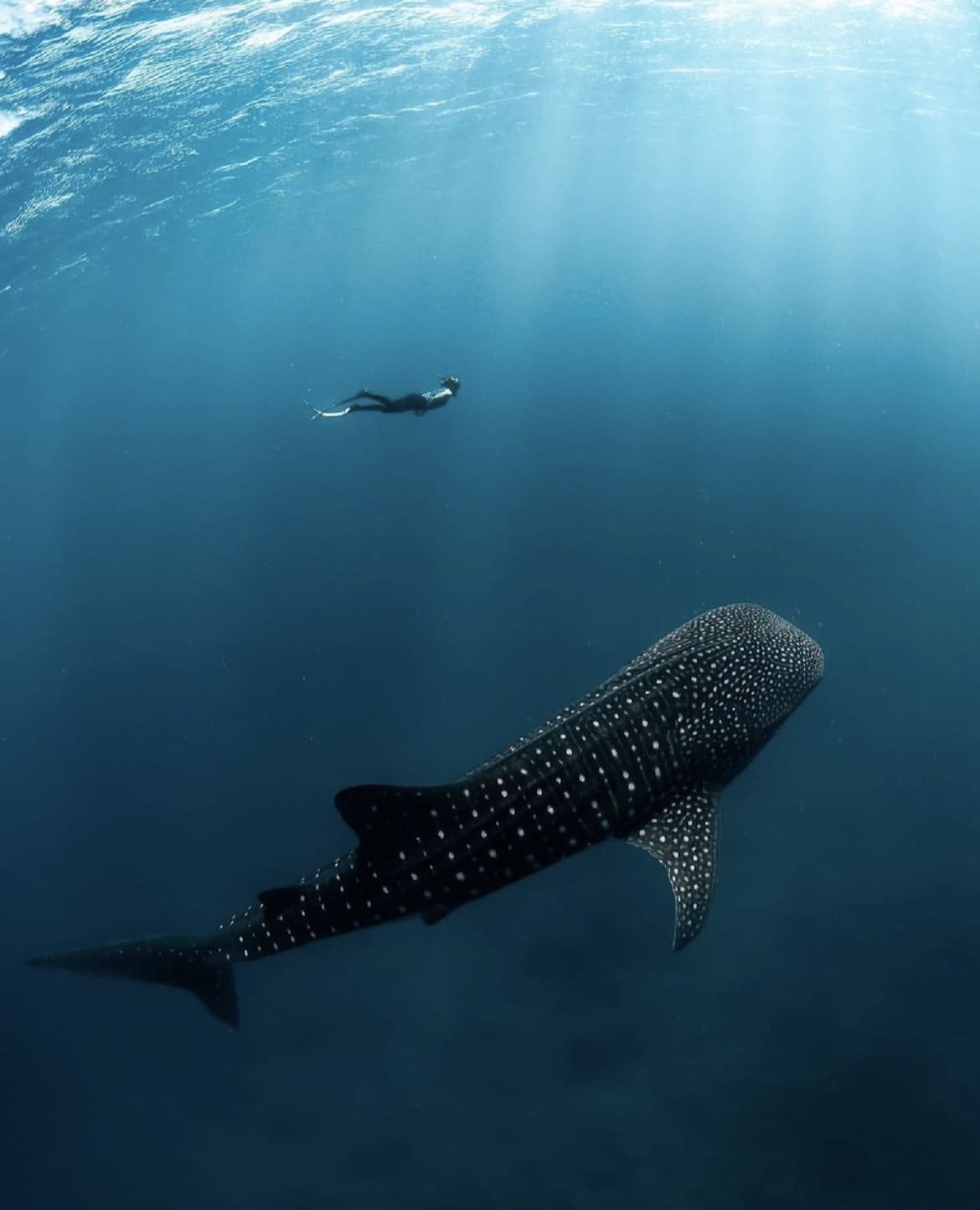
So, are they Whales or Sharks?
So, the million-dollar question: Are they whales or sharks? Despite their name and size, whale sharks are sharks. But let's not hold the "shark" part against them; these creatures are about as far from the "Jaws" stereotype as you can get. Being part of the shark family means they've got cartilage instead of bones, which is pretty standard in the shark playbook. But unlike their often-feared cousins, whale sharks are filter feeders, meaning they're more interested in plankton than anything else.
So why the name "whale" shark? It's all about the size, folks. These creatures are as large as some species of whales, and just like whales, they filter feed. But make no mistake, they're 100% shark, just the kind you'd love to meet face to face.
How Big are Whale Sharks?
Okay, picture this: you're snorkeling in the clear blue, and a shadow engulfs you—a shadow as big as a school bus. No need to panic; it's just a friendly whale shark, casually passing by. These guys can stretch up to 40 feet on average, with some legends reaching a whopping 60 feet or more. That's longer than a professional basketball court. Imagine playing a game on the back of one of these creatures! Their enormous size doesn't make them fast swimmers, though. They prefer the chill life, moving through the water at a leisurely pace, which is fantastic news for awe-struck snorkelers and divers hoping to catch a glimpse.
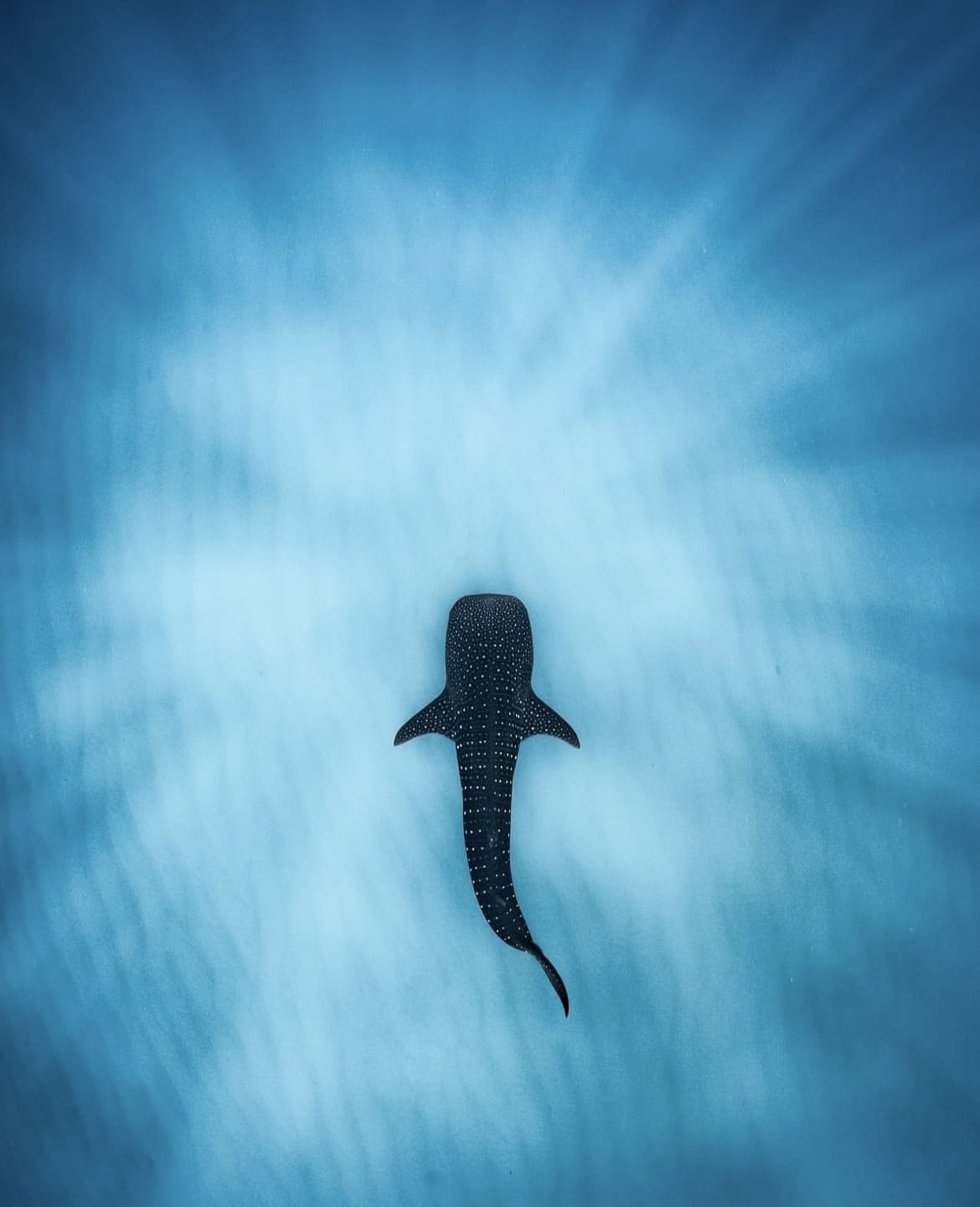
Whale Shark Skin
Let's talk about their skin for a sec. It's not just any skin; it's a thick, tough hide that can be up to 4 inches thick. That's like having a natural suit of armor. This tough exterior is speckled with those beautiful white spots and stripes we mentioned earlier, making each whale shark uniquely identifiable. But it's not just about looks. This skin is designed to protect them from the harsh realities of ocean life, including pesky parasites and would-be predators. Plus, their skin helps with hydrodynamics, allowing them to glide effortlessly through the water despite their massive size.
Whale Shark Teeth
Now, onto their teeth, because yes, they have them, and no, they're nothing to worry about. Whale sharks have thousands of tiny teeth (about 3,000!), but they're not for chewing. These teeth are so small they're almost like bristles. Remember, whale sharks are filter feeders. They open their gigantic mouths to scoop up tons of water, which they then filter out through their gills, trapping plankton, small fish, and other sea snacks. It's like they're living the dream, swimming with their mouths open, catching all the food they want without lifting a fin. So, despite having all those teeth, they're as harmless as a fish can be.
Do Whale Sharks make sounds?
When it comes to the ocean's giants, we often hear about the haunting songs of whales. But what about whale sharks? Do these massive fish serenade the ocean depths? Well, not quite. Whale sharks are the strong, silent type. They don't produce sounds that humans can hear, as they communicate and navigate their world in different ways, primarily through body movements and possibly through sensing vibrations in the water. This silence adds to their mystique, making encounters with them even more magical and serene. You won't hear them coming, but spotting the shadow of a whale shark approaching is a moment of awe and silence you'll never forget.
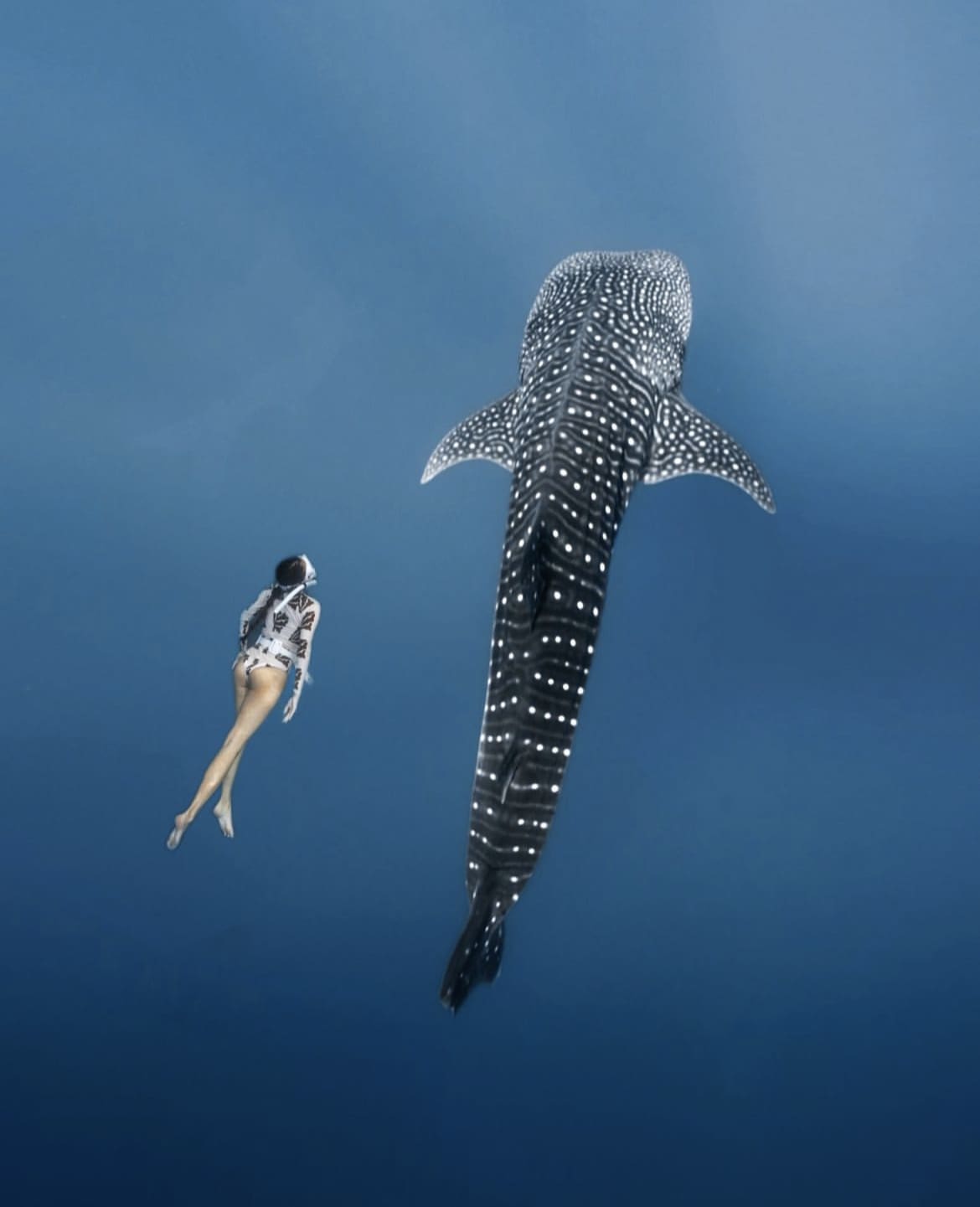
Whale Shark Colouration
Moving on to something a bit more visible: their stunning coloration. Whale sharks are truly works of art. Their backs are a mesmerizing shade of blue or blue-gray, adorned with a constellation of white spots and stripes. These aren't just for show; they play a crucial role in camouflaging these giants from predators lurking below, breaking up their silhouette in the dappled sunlight of the ocean's surface. This unique pattern is also a key way researchers identify and track individual whale sharks, as no two sharks have the exact same spot arrangement. It's their own natural barcode, making each one as unique as a fingerprint.
What do Whale Sharks Eat?
Now, onto a favorite topic: food. What does a creature this large feast on to maintain its size? You might be surprised to learn that whale sharks are the ocean's vacuum cleaners, filtering tiny plankton, krill, small fish, and squid from the water. They feed by swimming with their enormous mouths open, engulfing everything in their path, then filtering the water out through their gills, trapping their microscopic meals inside. This gentle giant, the largest fish in the sea, relies on some of the smallest organisms for nourishment. It's a fascinating contrast that highlights the diversity and balance of marine ecosystems. Whale sharks can also feed by vertically bobbing up and down in the water, sucking in volumes of water rich in food. So, despite their intimidating size, these sharks have a diet that's anything but fearsome.
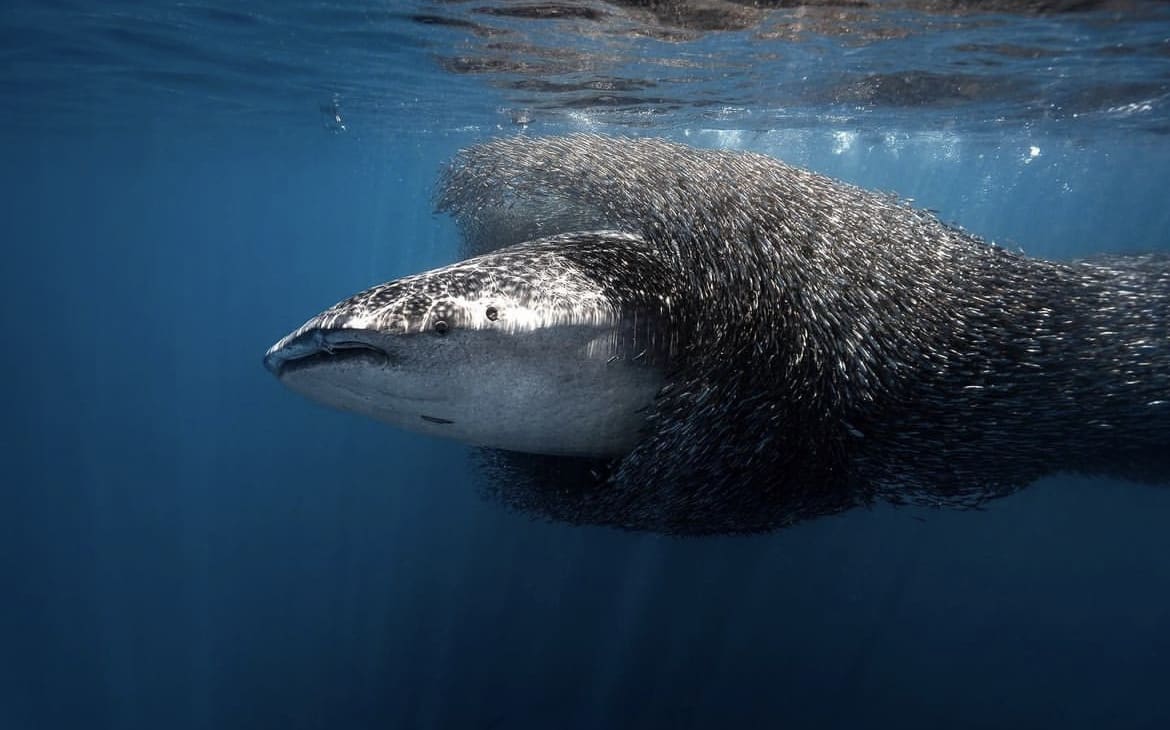
Whale Shark Social Structure
When you picture the vast, open ocean, it's easy to imagine whale sharks as solitary nomads, wandering the depths alone. And while it's true that they often travel solo, these giants are known to come together in groups for feeding. Spots where plankton blooms are abundant, like in the waters off Mexico's Yucatán Peninsula or the Ningaloo Reef in Australia, can become whale shark hotspots, drawing dozens of them to feast together. This social behavior suggests that while whale sharks enjoy their solitude, they're not averse to sharing a good meal with their kind. It's like the marine version of a pop-up gourmet food festival, where the main course is plankton!
How do Whale Sharks Reproduce?
Reproduction among whale sharks remains one of the ocean's best-kept secrets. What we do know comes from rare observations and even rarer captures. Whale sharks are ovoviviparous, meaning the females lay eggs, but these eggs hatch inside the mother, and she gives birth to live young. A single female can carry hundreds of embryos but will give birth to live pups at different stages of development. This fascinating reproductive strategy ensures the survival of at least some offspring in the vast and perilous ocean. The details of their mating rituals, pregnancy, and birthing locations are still largely shrouded in mystery, leaving scientists and marine biologists eager to learn more about these elusive aspects of their life cycle.
How Long do Whale Sharks Live?
Estimating the lifespan of whale sharks is tricky, but recent research suggests these gentle giants could live up to 100 to 150 years, maybe more. Determining age in whale sharks can be done by counting the growth rings in their vertebrae, much like counting the rings of a tree, but it's not an exact science. Their long lifespan is a testament to their resilience and adaptability in the ocean's ever-changing environment. However, it also means they grow and mature slowly, reaching sexual maturity at around 30 years of age. This slow journey to adulthood has significant implications for their population recovery and conservation efforts, highlighting the importance of protecting these magnificent creatures throughout their lengthy lives.
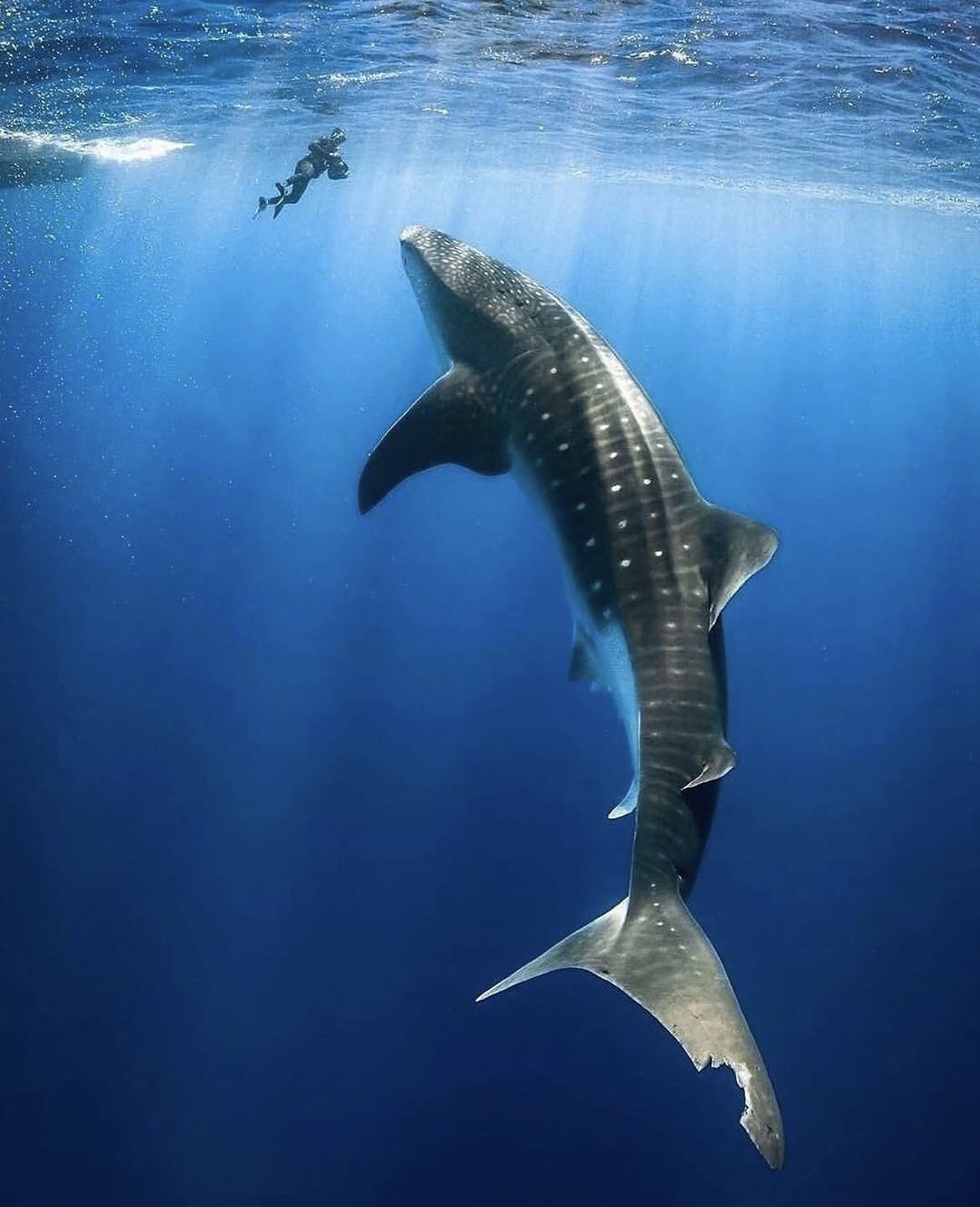
Are Whale Shark's Dangerous?
The term "shark" might send a shiver down your spine, but when it comes to whale sharks, there's no need for fear. Despite their impressive size, whale sharks are incredibly gentle and pose no real threat to humans. They're filter feeders, more interested in tiny plankton than anything else. Divers and snorkelers from around the globe seek encounters with these magnificent creatures, often describing the experience as peaceful and awe-inspiring. So, if you're lucky enough to swim with a whale shark, worry not; they're the gentle giants of the sea, more likely to swim away from you than to cause any harm.
Are Whale Sharks Territorial?
In the vast expanse of the ocean, whale sharks roam freely, following the bloom of plankton and the warmth of the waters. They are not known to be territorial creatures. Unlike many animals that fiercely defend their home range, whale sharks exhibit nomadic behavior, migrating thousands of miles in search of food. Their travels take them across oceans and hemispheres, from the tropical waters of the Caribbean to the warm seas of Southeast Asia and beyond. This lack of territoriality underscores their role as gentle wanderers of the sea, always on the move, yet at peace in the open water.
How Fast are Whale Sharks?
Don't let their massive size fool you; whale sharks are not setting any speed records. Their typical cruising speed is about 3 miles per hour, a leisurely pace that matches their tranquil demeanor. They glide through the water with a calm and steady grace, propelled by the undulating movements of their massive tail fin. This speed allows them to efficiently filter feed as they travel, sucking in water and plankton without the rush. While they can burst to higher speeds when needed, they prefer the slow lane, savoring the ocean's buffet at a pace that lets them take in everything around them.
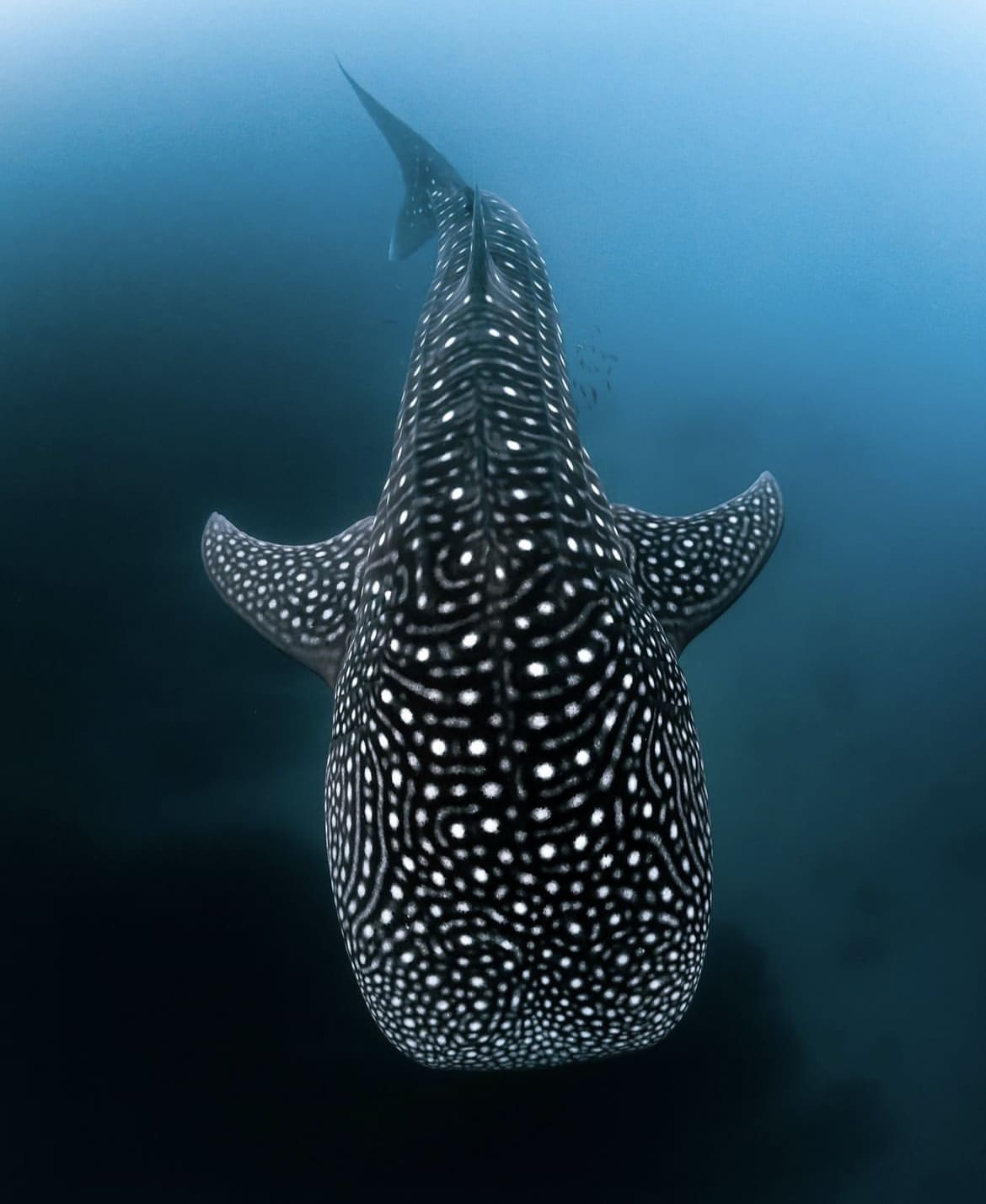
Where do Whale Sharks Live?
Whale sharks have a passport filled with stamps from all around the world. These globetrotters prefer warm waters and are found in all tropical and warm-temperate seas. From the coral-rich waters of the Philippines to the nutrient-packed Gulf of Mexico and the biodiverse hotspots like the Galápagos Islands, whale sharks cover a vast geographical range. They're known to migrate thousands of miles to find food and possibly to breed, though their breeding grounds remain one of the ocean's secrets. Whale sharks are most commonly found near the equator, where they can dive to depths of over 1,000 meters but often stay near the surface to feed on plankton and small fish.
How Many Whale Sharks are There in the Wild?
Quantifying the exact number of whale sharks in the world's oceans is a daunting task, fraught with challenges. However, conservationists and scientists use tagging and tracking technologies to estimate their populations. These gentle giants are considered endangered, with their numbers declining due to a range of human activities. Despite efforts to monitor their populations, exact numbers remain elusive, though the consensus is clear: their numbers are not what they once were, emphasizing the need for concerted global conservation efforts to ensure their survival.
Are Whale Sharks Endangered?
The IUCN (International Union for Conservation of Nature) classifies whale sharks as endangered. Their slow growth and late maturity, coupled with a low reproductive rate, make them particularly vulnerable to threats. Human impacts—such as accidental catches in fishing gear, targeted hunting for their fins and meat in some areas, and the degradation of their marine habitats—pose significant risks to their survival. The beauty and grace of whale sharks have made them popular in eco-tourism, which, while beneficial in raising awareness and funding for their conservation, also needs to be managed carefully to prevent stress and harm to these majestic creatures.
The plight of the whale shark is a poignant reminder of the interconnectedness of our ecosystems and the impact human activities can have on even the largest of ocean inhabitants. Protecting them is not just about preserving a single species but about maintaining the health and balance of the entire marine ecosystem. As we look ahead, the conservation of whale sharks becomes a beacon for broader oceanic conservation efforts, urging us to act thoughtfully and swiftly to protect our blue planet's gentle giants.

Threats to Whale Sharks in the Wild
The serene existence of whale sharks is increasingly disturbed by human activities. Beyond the direct threats of fishing and bycatch, whale sharks face the invisible menace of ocean pollution, including plastic waste, which can harm them when ingested. Climate change also poses a significant threat, altering ocean temperatures and impacting the distribution of plankton, which could affect whale shark migration patterns and feeding grounds. Efforts to protect these creatures are growing, with increased marine protected areas and stricter regulations on fishing practices, but the race against time and human impact continues.
Where to Dive with Whale Sharks?
For those yearning to witness the majesty of whale sharks up close, there are several hotspots around the globe renowned for regular sightings. The Ningaloo Reef in Western Australia offers intimate encounters with these giants in crystal clear waters.
Similarly, the Philippines' Donsol and Oslob have become famous for their whale shark tourism, offering snorkelers and divers a chance to swim alongside these peaceful behemoths.
The Caribbean waters off Isla Holbox and the Bay Islands of Honduras also provide spectacular opportunities to dive with whale sharks, especially during their migratory season.
Tips for Spotting Whale Sharks
Spotting a whale shark can be the experience of a lifetime, and while their sheer size might make them seem easy to find, knowing where and when to look can significantly increase your chances. First, timing is everything—aim for the peak season in known hotspots, usually around plankton blooms when whale sharks are most likely to be feeding at the surface. Additionally, keep an eye out for signs of their presence, such as flocks of seabirds feeding on fish disturbed by the shark's massive feeding process.
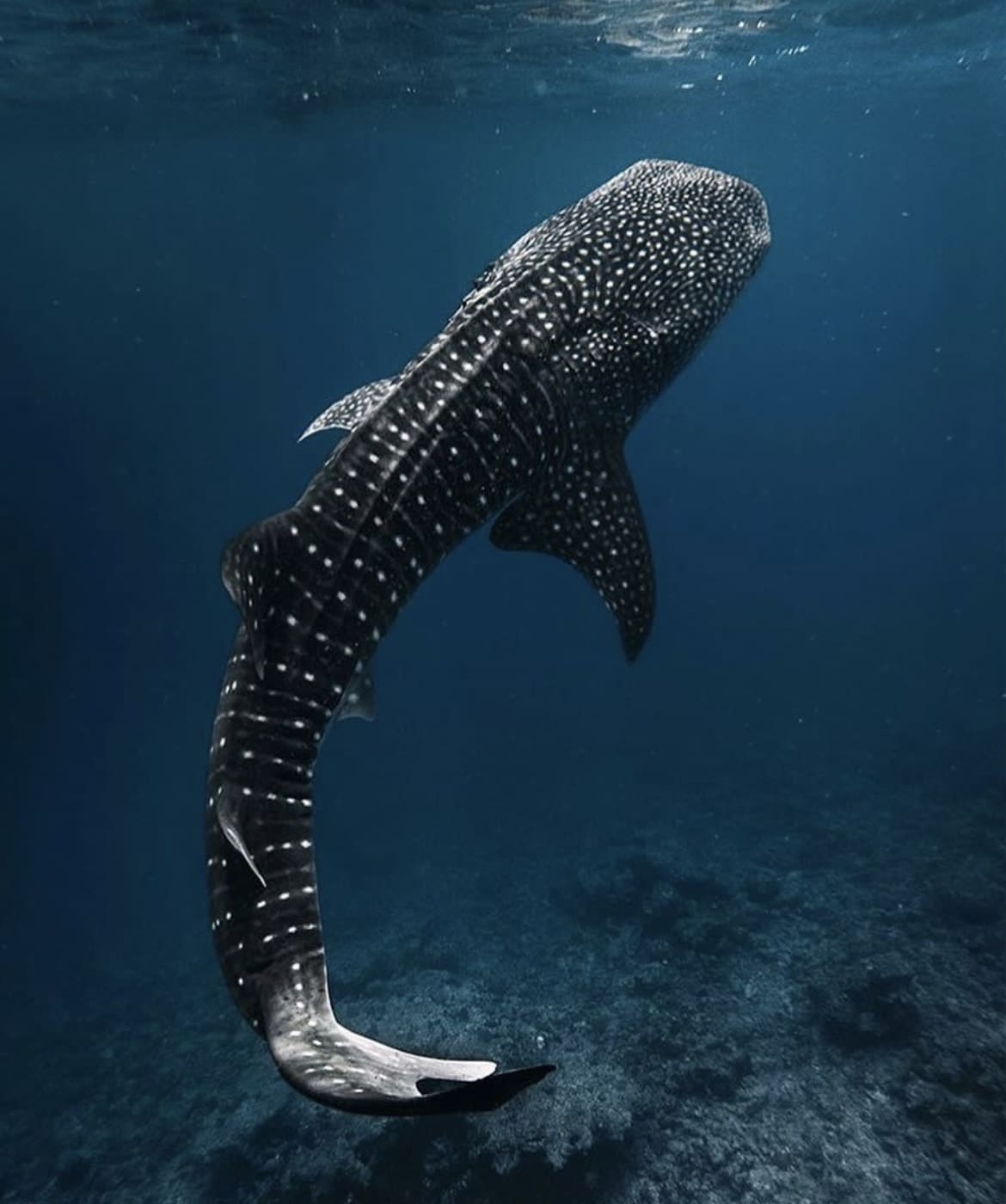
Facts about The Whale Shark
- Whale sharks can process over 6,000 liters of water an hour through their gills while feeding.
- Despite their size, whale sharks have relatively small brains, emphasizing their gentle nature.
- They can travel across entire oceans, with some tagged whale sharks recorded making journeys of over 12,000 miles.
Myths about The Whale Shark
- Whale sharks can swallow a person whole: Completely false. Their throats are too small to swallow anything larger than a small fish.
- Whale sharks are aggressive: On the contrary, they are some of the most docile creatures in the ocean.
- Whale sharks are whales: As we've clarified, they are sharks, distinguished by their cartilaginous structure and gill slits.

